- Sumi Tower, 66 Zoo Road, Mirpur-2, Dhaka-1216
- Phone: 09610-989798, 01847422010, 0244800060,
- Emails: beh.mirpur2@gmail.com
- Hotline:09610989798
Bangladesh Eye Hospital is a major referral center which deals with Vitreo-retina service the management of diabetic retinopathy, retinal detachment, ARMD, infections, trauma, retinopathy of prematurity & various other retinal disorders.
A well-trained team of retinal surgeons combined with the effective use of latest diagnostic tools (FFA, ICG, Ultrasound B Scan, UBM and OCT get us optimal visual results. This team is constantly updated with new drugs and treatment options.
YOUR VISIT TO THE RETINA DEPARTMENT AT BANGLADESH EYE HOSPITAL
An exclusive retinal examination may be different than a routine eye exam. It involves dilation of your pupils, examination by the specialist and diagnostic testing if required. It may take about three hours for the complete examination. If treatment is recommended for your condition, please allow for some extra time in our office to perform the procedure. Surgical intervention if required can be scheduled at an appropriate time, depending on your condition.
Dilatation enlarges your pupils to allow the doctor a better view inside your eye. It is important to know that your vision will be blurred and you will be sensitive to light (photophobic) for several hours following this. Therefore, we recommend that you bring sunglasses and not drive after your appointment.
Most diagnostic tests that the doctor may order to evaluate your eye condition can be performed in the outpatient on the same day.
Many of the procedures (treatments) that may be recommended to treat your condition can be performed by the doctor in the outpatient as well.
We also have a well-equipped operation theatre for vitreoretinal surgery. Our doctors and staff will gladly answer your questions and assist you by scheduling any surgical or follow up care needed.
COMMON OPD PROCEDURES & DIAGNOSTIC TESTS
COMMON DIAGNOSTIC TESTS:
Fundus Photography
Color photographs of the back of the eye
Fundus Fluorescein Angiography (FFA) - Spectral is HRA system
A diagnostic procedure that photographs the blood circulation of the retina. This involves injection of a dye called fluorescein into a vein in the arm or hand.
Indocyanine Green Angiography (ICG) -Spectralis HRA system
A diagnostic procedure that photographs the blood circulation of the choroid. (Choroid is a layer of blood vessels behind the retina). This procedure is very similar to fluorescein angiography and involves injection of the indocyanine green dye into a vein in the arm or hand.
Spectral Domain Optical Coherence Tomography (SD-OCT) – Spectralis
This is a diagnostic procedure similar to the CT scan of the brain. It uses a beam of light and its reflection to obtain cross-sectional images that provide information about the different layers of the retina. It is a noninvasive & save procedure.
Ultrasonography (B-Scan)
This procedure involves use of high-frequency sound waves to examine the eye when the normal view is obscured by hemorrhage or cataracts.
Visual Field Analysis
Measurement of the full extent of the area visible to an eye that is fixating straight ahead.
COMMON OPD PROCEDURES
LASERS:-
PASCAL (Pattern Scan Laser)
Bangladesh Eye Hospital boasts of an advanced version of laser photocoagulation system. The PASCAL (Pattern Scan Laser) Photocoagulator is a new system designed to treat retinal diseases. There are several benefits with the Pascal laser compared to the conventional laser. Most of the laser can be done in one sitting, unlike the conventional laser which requires two to three sessions. This in turn reduces the number of patient-visits to the hospital. The procedure also significantly reduces the discomfort associated with conventional laser, and therefore patient tolerance is much better. Pascal laser can be used in most situations where conventional laser is indicated.
Indirect Ophthalmoscopic Laser Delivery System (LIO)
This laser delivery system is mainly used for peripheral retinal lesions, e.g. horse shoe tear (HST), lattice degeneration, retinal holes, Retinopathy of prematurity (ROP) or pan retinal photocoagulation for vascular retinopathy in a hazymedia.
Photodynamic Therapy (PDT)
Photodynamic therapy is a specialised form of laser treatment used for patients with age related macular degeneration (AMD). A light- sensitive drug is injected into a vein and travels to the abnormal blood vessels in the macula. This is activated by the laser. The light-activated drug then destroys the abnormal vessels.
CRYOTHERAPY
Cryotherapy is a second way of treating retinal tears apart from laser. An extremely cold probe is used to “freeze-burn” a small area on the outside of the eyeball that overlies the retinal tears. The purpose is to seal the tears and create an eventual scar that will “stick” the retina to that spot.
PNEUMORETINOPEXY
Pneumoretinopexy is a method of treating selected cases of retinal detachments. A gas bubble is injected into the eye after applying cryo spots to the area of retinal tear. The patient is expected to maintain a certain posture after the procedure for about a week to ten days. Also, he is not allowed to travel by air during this period.
ANTERIOR CHAMBER / VITREOUS TAP
A very small amount of fluid from inside the eye is removed in cases of suspected infection or persistent inflammationin the eye. This fluid is then analyzed microbiologically and biochemically to aid in the diagnosis.
VITREO-RETINAL SURGERY
RETINAL DETACHMENT
What does retinal detachment means?
The retina is the light-sensitive layer of tissue that lines the inside of the eye and sends visual messages through the optic nerve to the brain. When the retina detaches, it is lifted or pulled from its normal position. If not promptly treated, retinal detachment can cause permanent vision loss.
Common Retinal Diseases:-
Diabetic Retinopathy:
Diabetic retinopathy is a complication of diabetes, caused by high blood sugar levels damaging the back of the eye (retina). It can cause blindness if left undiagnosed and untreated.
However, it usually takes several years for diabetic retinopathy to reach a stage where it could threaten your sight.
To minimise the risk of this happening, people with diabetes should:
Ensure they control their blood sugar levels, blood pressure and cholesterol.
Attend diabetic eye screening appointments – annual screening is offered to all people with diabetes to pick up and treat any problems early on.
Symptoms of diabetic retinopathy:
You won't usually notice diabetic retinopathy in the early stages, as it doesn't tend to have any obvious symptoms until it's more advanced.
However, early signs of the condition can be picked up by taking photographs of the eyes during diabetic eye screening.
Contact your eye doctor or diabetes care team immediately if you experience:
Gradually worsening vision.
Sudden vision loss.
Shapes floating in your field of vision (floaters).
Blurred or patchy vision.
Eye pain or redness.
These symptoms don't necessarily mean you have diabetic retinopathy, but it's important to get them checked out. Don't wait until your next screening appointment.
Treatments for diabetic retinopathy:
Treatment for diabetic retinopathy is only necessary if screening detects significant problems that mean your vision is at risk.
If the condition hasn't reached this stage, regular screening checkup according to your eye doctor in recommended.
The main treatments for more advanced diabetic retinopathy are:
Laser treatment.
Injections of medication into your eyes.
An operation to remove blood or scar tissue from your eyes.
AGE RELATED MACULAR DEGENERATION (AMD)
The retina is the light-sensitive tissue lining the back of the eye. The macula is the part of the retina that is responsible for your central vision, allowing you to see fine details clearly.
Many older people develop macular degeneration as part of the body’s natural aging process. This is called age-related macular degeneration (AMD).
What are the symptoms of AMD?
With macular degeneration, you may have symptoms such as blurred vision, dark areas or distortion in your central vision, and sometimes, permanent loss of your central vision. The peripheral vision is usually spared. Early symptoms are loss of clarity while reading and distortion of objects. With advanced macular degeneration you may fail to recognize a person’s face. AMD usually affects both eyes, although not necessarily to the same extent.
What are the types of AMD?
AMD is of two types.
Dry AMD
With dry macular degeneration, vision loss is usually gradual. These patients need to monitor their central vision regularly. If you notice any change in your vision, you should tell your eye doctor right away, as the dry form can change into the more damaging form which is wet (exudative) macular degeneration. While there is no medication or treatment for dry macular degeneration, some people may benefit from vitamin supplements (anti-oxidants).
Wet AMD
About ten percent of people who have macular degeneration have the wet form. This can cause more damage to your central vision than the dry form. Wet macular degeneration occurs when abnormal blood vessels begin to grow underneath the retina. This blood vessel growth is called choroidal neovascularization (CNV) because these vessels grow from the layer under the retina called the choroid. These new blood vessels may leak fluid or blood, blurring or distorting central vision. Vision loss from this form of macular degeneration may be faster and more noticeable than dry AMD.
Can AMD be prevented?
The exact cause of AMD is unknown. A healthy life style without smoking and a good diet may reduce the risk.
Can AMD be treated?
There is no treatment for dry AMD, although high dose multivitamin combination has been shown to decrease the risk of visual loss.
There are a few treatment options for wet AMD although the best outcomes occur when this disease is detected early. These include thermal laser, photodynamic therapy, anti-VEGFs (Lucentis, Avastin, Macugen) or combinations of these. Not all patients may benefit from these, and treatment may not prevent further vision loss.
How will I know I have AMD?
Early reporting of new distortion or blurred vision should be reported to the eye doctor. The earlier the disease is detected, the more amenable it is to treatment. The earliest symptom is distortion of straight lines, making a grid pattern appear distorted.
INTRAVITREAL INJECTIONS:-
This is an injection into the vitreous, which is the jelly-like substance inside your eye. It is performed to place medicines inside the eye near the retina.
Intravitreal injections are used to deliver drugs to the retina and other structures in the back of the eye, thus avoiding effects on the rest of the body. Common conditions treated with intravitreal injections include diabetic retinopathy, macular degeneration, retinal vascular diseases and ocular inflammation.
Procedure
Once your pupils are dilated, the actual procedure may take around 10 minutes and is carried out in minor operation theatre. You will be made to lie down in a comfortable position and anaesthetic (numbing) drops will be applied in your eye. Your eye will be cleaned with an iodine antiseptic solution. A speculum is inserted and the medicine injected into the vitreous. You may experience a mild discomfort during the procedure. Antibiotic ointment will be applied and the eye padded. Antibiotic eye drops need to be instilled for a week.
The doctor will see you the next day for inflammation or increase in intraocular pressure.
Instructions following an intravitreal injection
There are no special precautions except to avoid rubbing the eye.
Instill the antibiotic eyedrops 4 times a day for 1 week.
You can also take mild painkillers to alleviate any discomfort during the first few days.
Normal effects following an intravitreal injection
A subconjunctival haemorrhage (bloodshot eye) usually occurs at the injection site. This will gradually fade within 7 to 10 days.
Your vision may become slightly more blurred immediately after the injection. There may also be some floaters in your vision.
You may experience mild discomfort for a few days after the injection. This discomfort should be relieved by mild painkillers.
Warning symptoms following an intravitreal injection
Although rhegmatogenous retinal detachment and cataract are potential complications of intravitreal injection, the most feared complication is endophthalmitis i.e. infection inside the eye (rates typically less than 1%).
The warning symptoms of this complication are rapid onset of:
Increasing eye pain.
Increasing redness of the eye.
Greatly decreased vision.
You must contact the hospital immediately for advice if you develop these warning symptoms. It is very important to identify and treat this type of infection as quickly as possible.
Intravitreal injections for AMD, diabetic retinopathy (including macular edema) and retinal venous occlusion (RVO)
In AMD, diabetic retinopathy and retinal venous occlusion, there are increased levels of vascular endothelial growth factor (VEGF) in the eye which gives rise to new vessels and macular edema. To counteract this, an anti VEGF injection is given. The anti VEGF injections are available as Lucentis, Macugen and Avastin (off label use).
Anti VEGFs can rarely cause cerebrovascular events in the form of stroke or myocardial infarction (heart attack). Hence in patients who have a risk or history of ischemic heart disease or stroke, Macugen is preferred as it has less chance of causing such events.
These injections might have to be repeated more than once, depending upon the response of the eye.
Intravitreal triamcinolone acetonide
Triamcinolone acetonide is a long acting steroid which is given in the eye in cases of macular edema secondary to diabetes, retinal venous occlusion or uveitis (ocular inflammation).
You may feel black spots floating infront of eye, which is due to drug deposit in the vitreous. This will reduce over a period of few weeks as the drug is absorbed.
Triamcinolone may cause an increase in eye pressure (glaucoma) or cataract (clouding of the lens). The intra ocular pressure can increase in 30% people who undergo the injection. The pressure in your eyes will be checked at every visit and eye drops prescribed if the pressure increases significantly. This increase is transient, and these drops can be discontinued after some time. Cataracts are not a serious problem for the first few months after the injection, but over 50% of treated eyes will eventually develop significant cataract if triamcinolone has to be repeated. Considering their side effects, Intravitreal triamcinolone acetonide is discouraged now a days. Instead, intravitreal steroid implant is encouraged.
Ozurdex intravitreal implant
This is an intravitreal steroid implant which is approved for the treatment of macular edema secodary to retinal venous occlusion. It has recently been approved by the US FDA for use in eyes with macular edema secondary to uveitis (ocular inflammation). This implant remains in the vitreous cavity for a longer duration compared to the intravitreal injections.
Back To Top
© 2025 Bangladesh Eye Hospital. All Rights Reserved.
Design by AbacusIT.
Sumi Tower, 66 Zoo Road, Mirpur-2, Dhaka-1216
09610-989798, 01847422010, 0244800060

Cataract

None

None

None

None

None

None

None

None

None

Cataract

Cataract

Cataract

Cataract
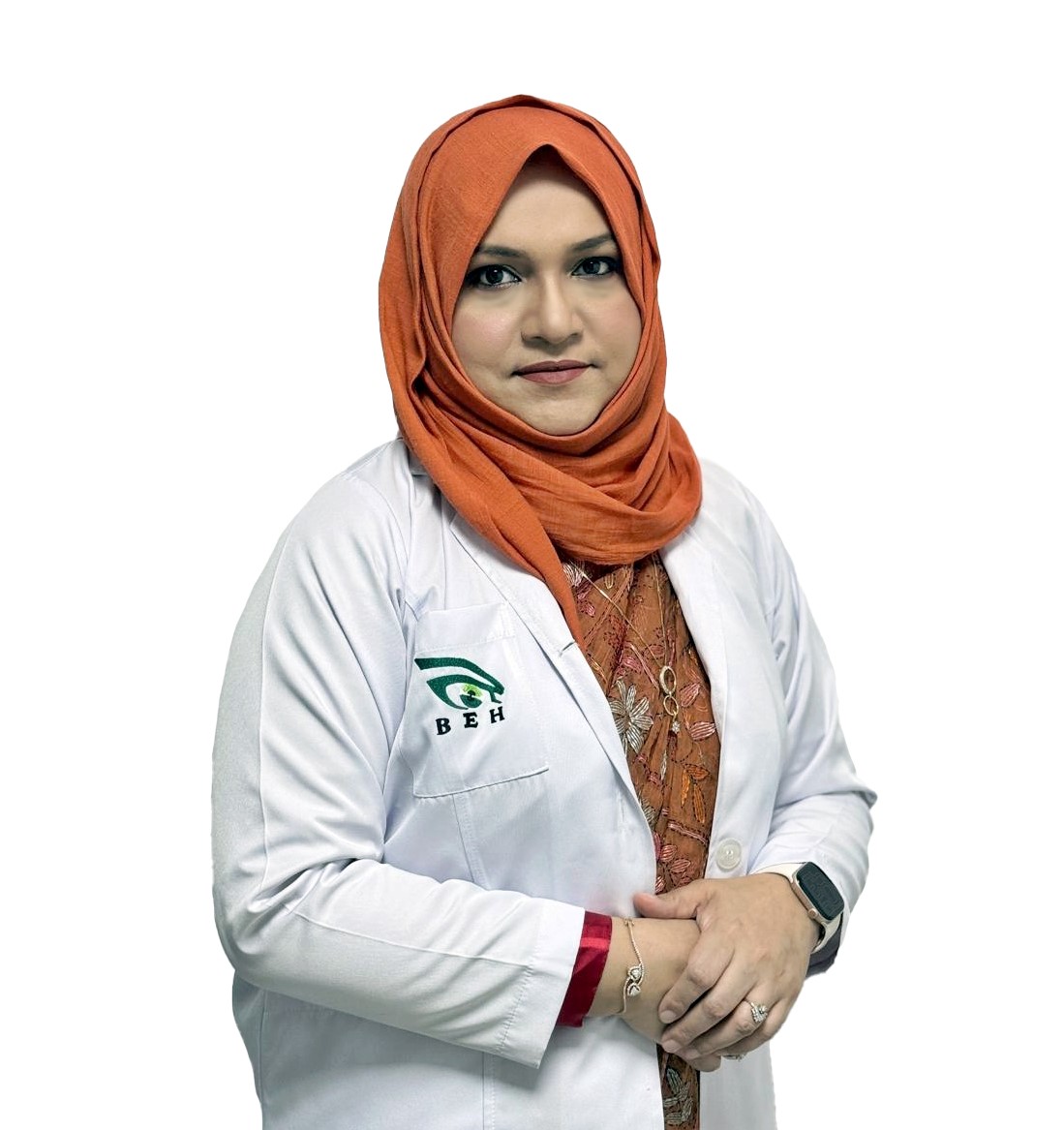
Cataract

None

None

None

None

None

Cataract

Cataract

None

None

None

None

None

Cataract

Cataract

Cataract

Cataract

Cataract

Cataract

Cataract

None
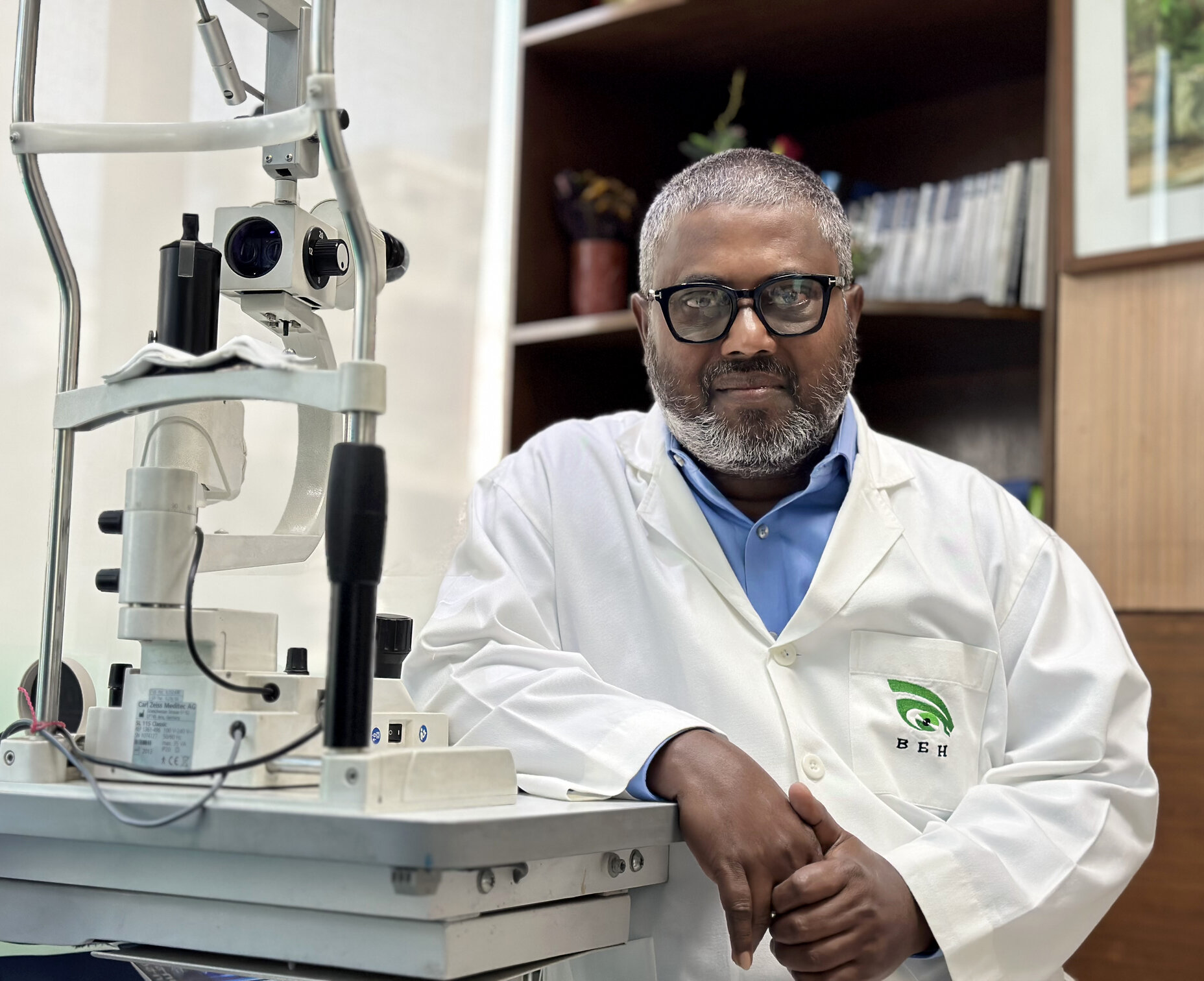
Cataract

Cataract

Cataract

Cataract

Cataract

Cataract

None

None

Cataract

Cataract

None

Cataract

Cataract

Cataract

Cataract

None

Cataract
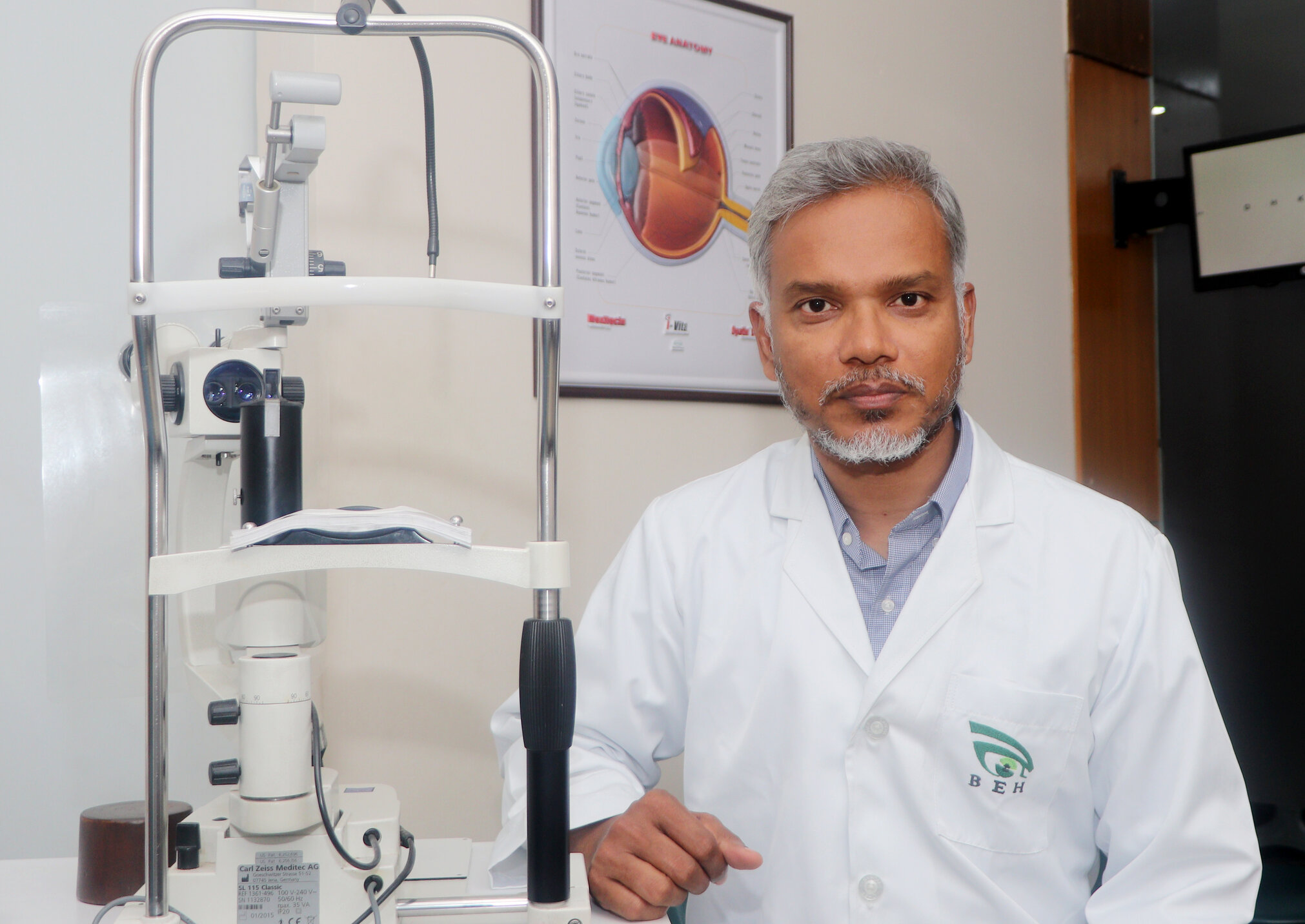
Cataract

Cataract

None

Cataract

Cataract

None

Cataract

Cataract

Cataract

Cataract

Cataract

Cataract
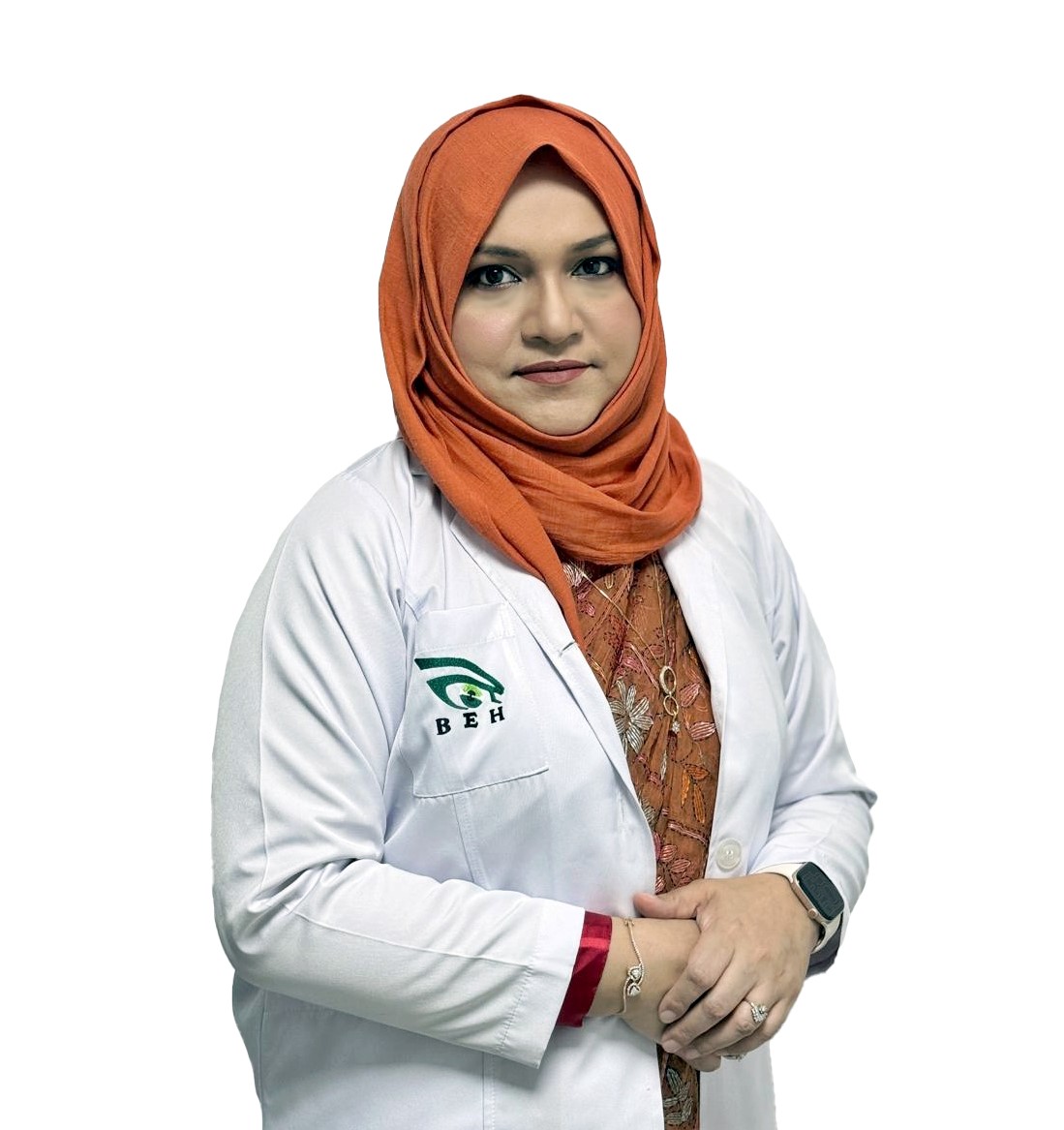
Cataract

None

None
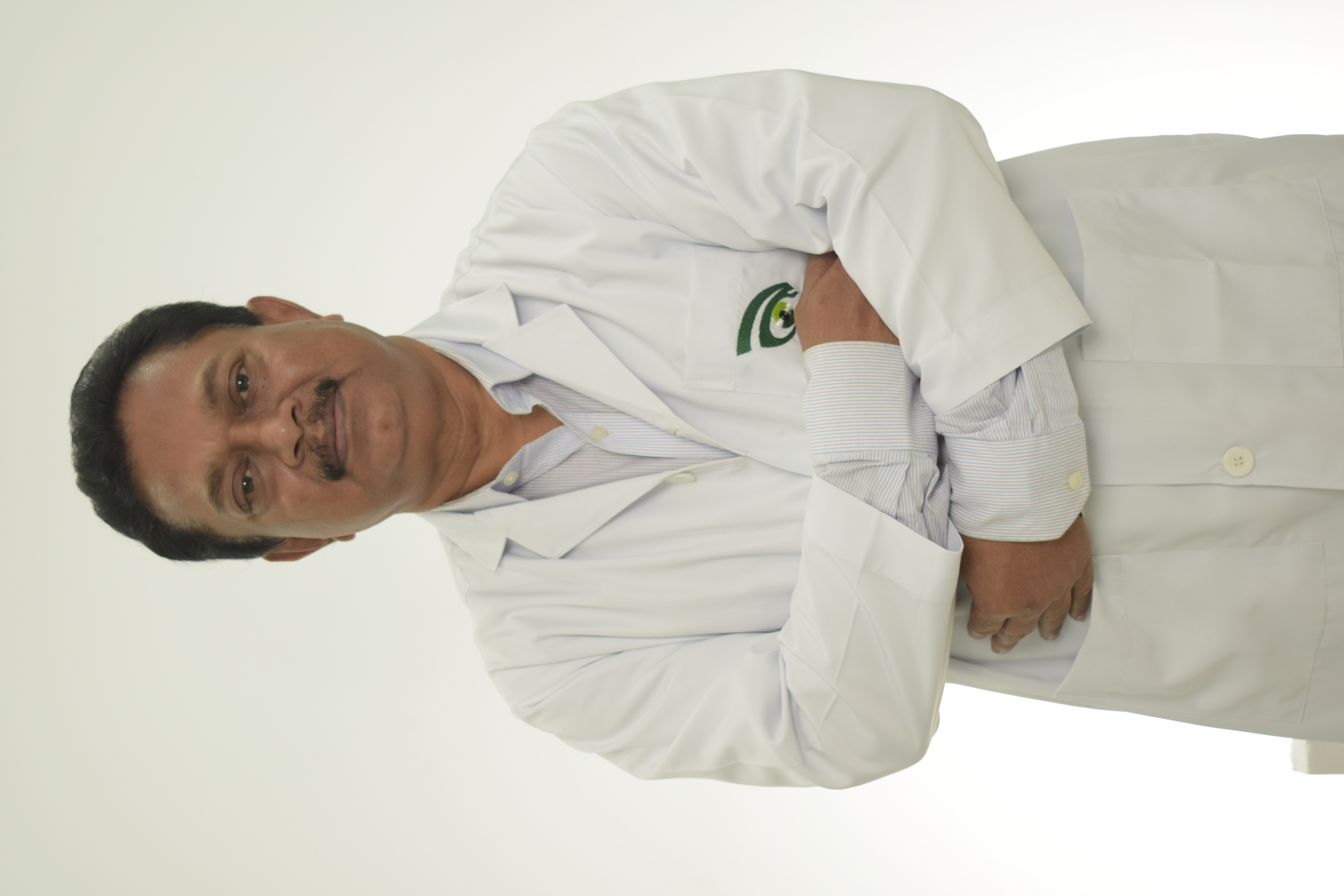
None

None

Cataract

None

Cataract

None

None

None

None

None

None

None

None

None

None

None

None

None

None

None

None

Cataract

None

None

Cataract

None

None

Cataract

None

None

None

None

None

None

None

None

Cataract

None

None

None

None

None

None

None

None

None

None

None

None

None

None

None

None

None

None
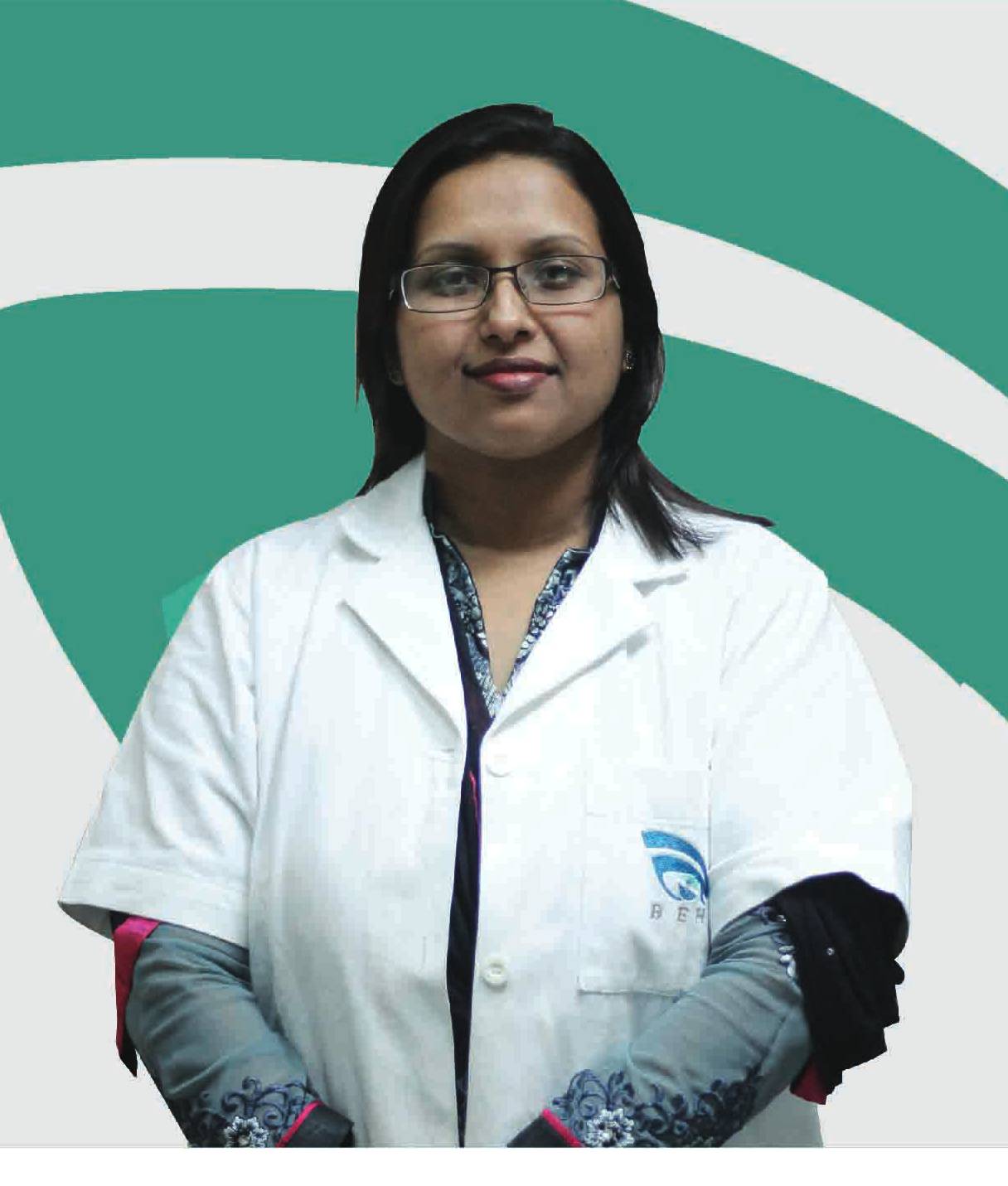
None

None

None

None

None

None

Cataract

None

None

Cataract

Cataract

None

None

Cataract

Cataract

Cataract

Cataract

Cataract

None

Cataract

Cataract

Cataract

None

None

Cataract

Cataract

Cataract

None

Cataract

None

None

Cataract

None

None

None

None

None

None

None

Cataract
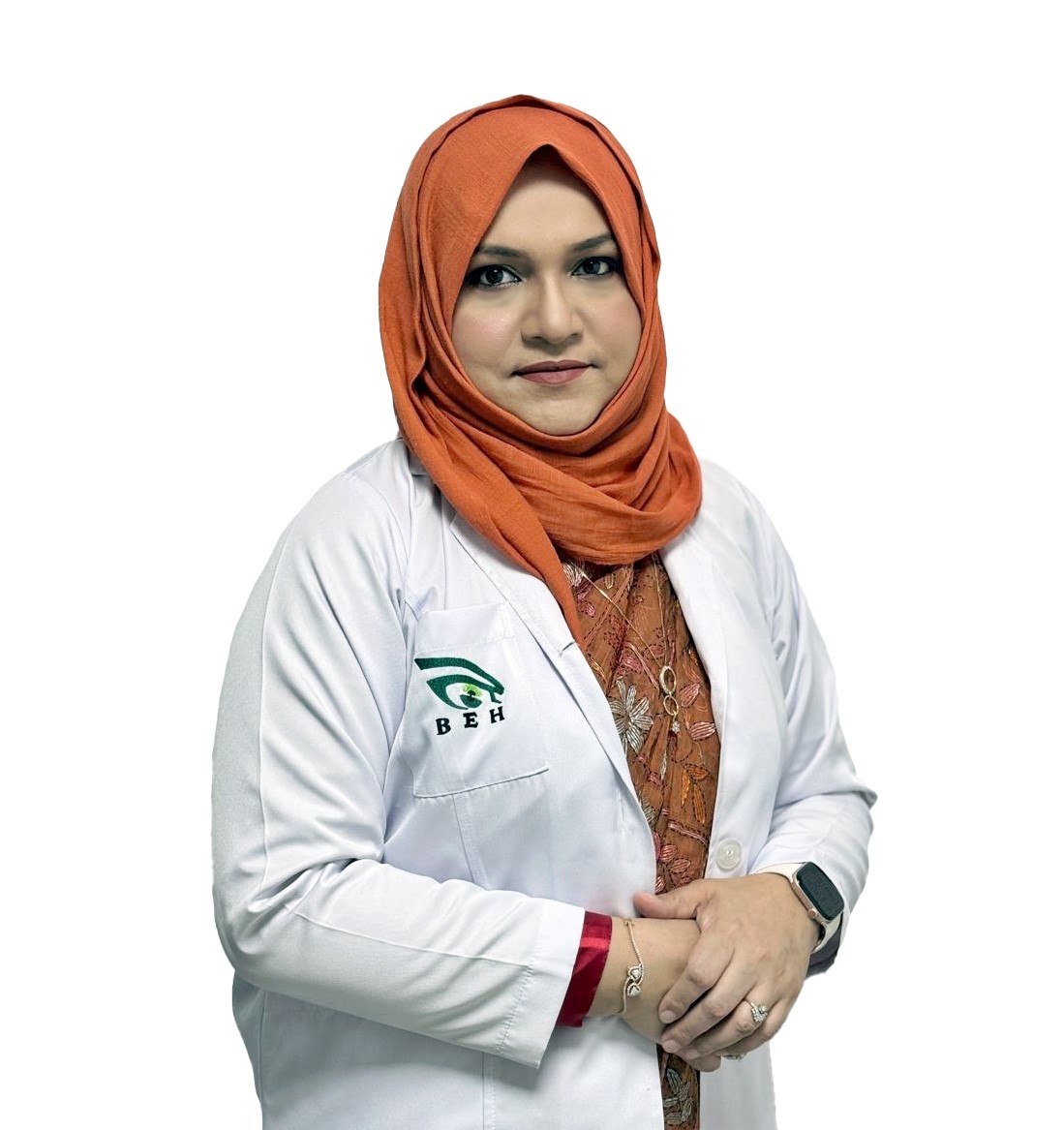
Cataract

Cataract

Cataract

Cataract

Cataract

None

None

None

None

None

None

None

None

None

Cataract

Cataract

Cataract

Cataract

None

Cataract

None

Cataract

Cataract

Cataract

Cataract

None

None

None

None

None

None

None

Cataract

None

None

None

None

None

None

None

None

None

None

None

Cataract

None

None

Cataract

Cataract

None
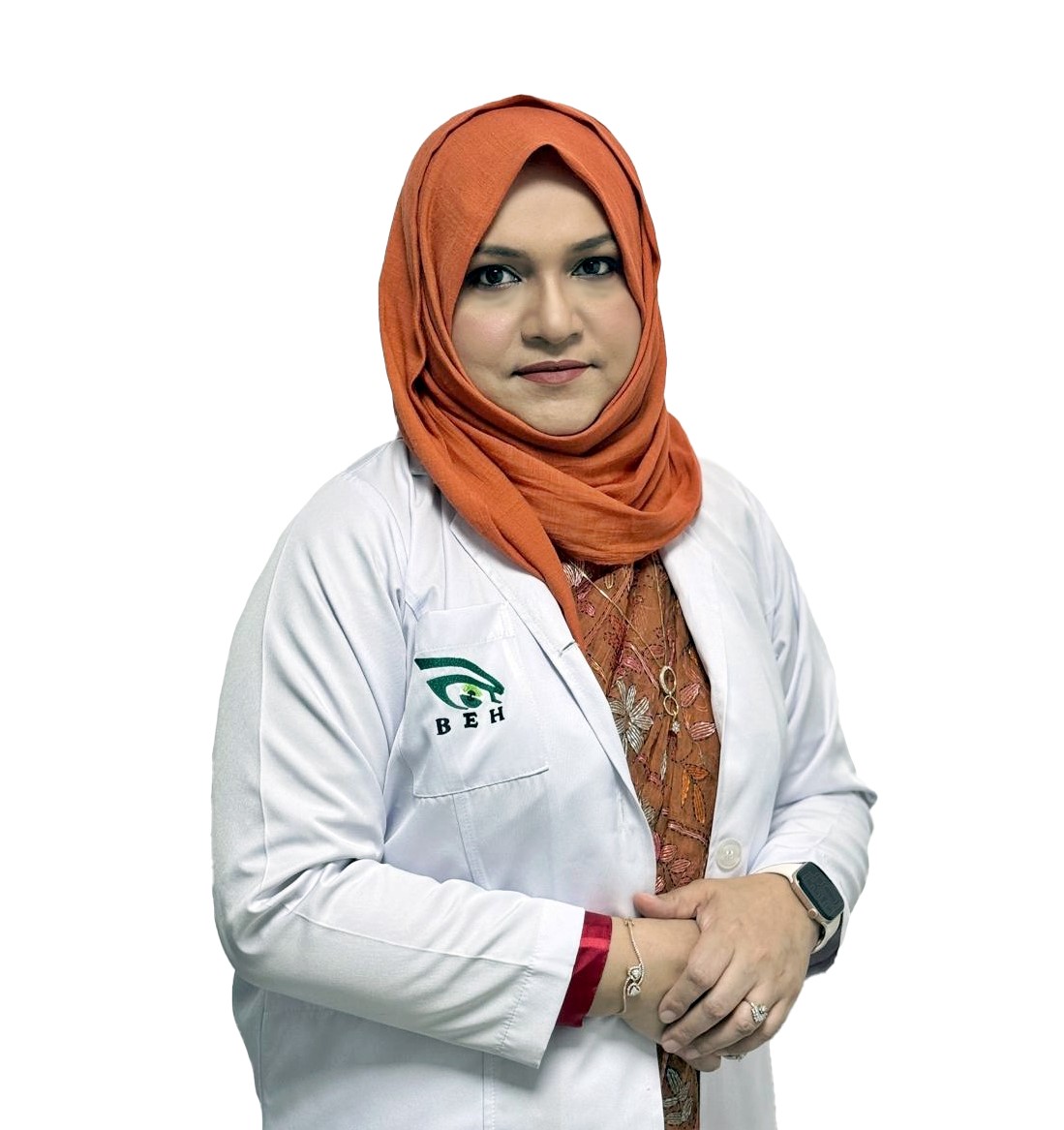
Cataract

None

None

None

None

None

None

Cataract

None

None

None

Cataract

Cataract

Cataract

Cataract

None

None

None

None

None

None
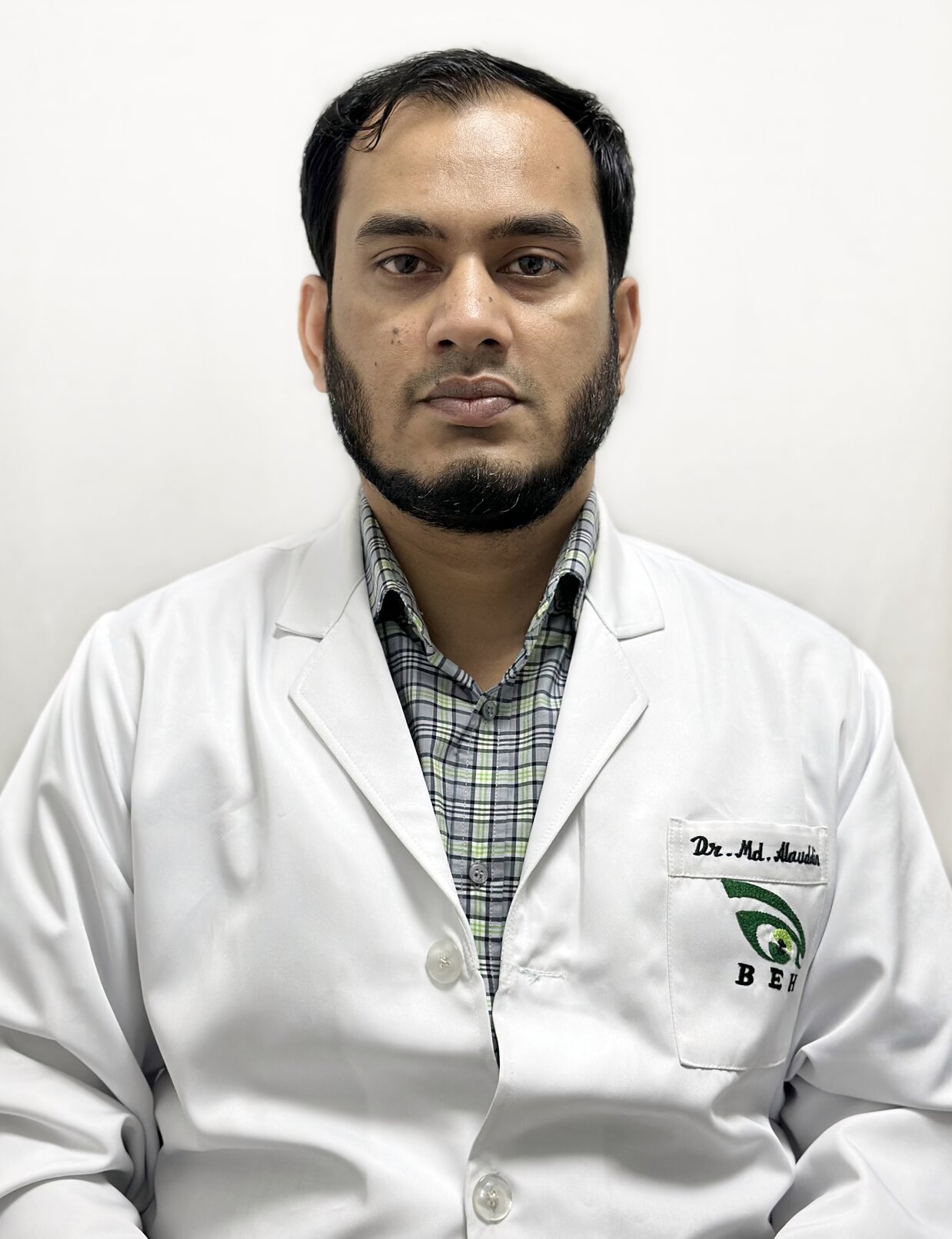
None

None

None

None

None

None

None

None

None

None

None

None

None

None
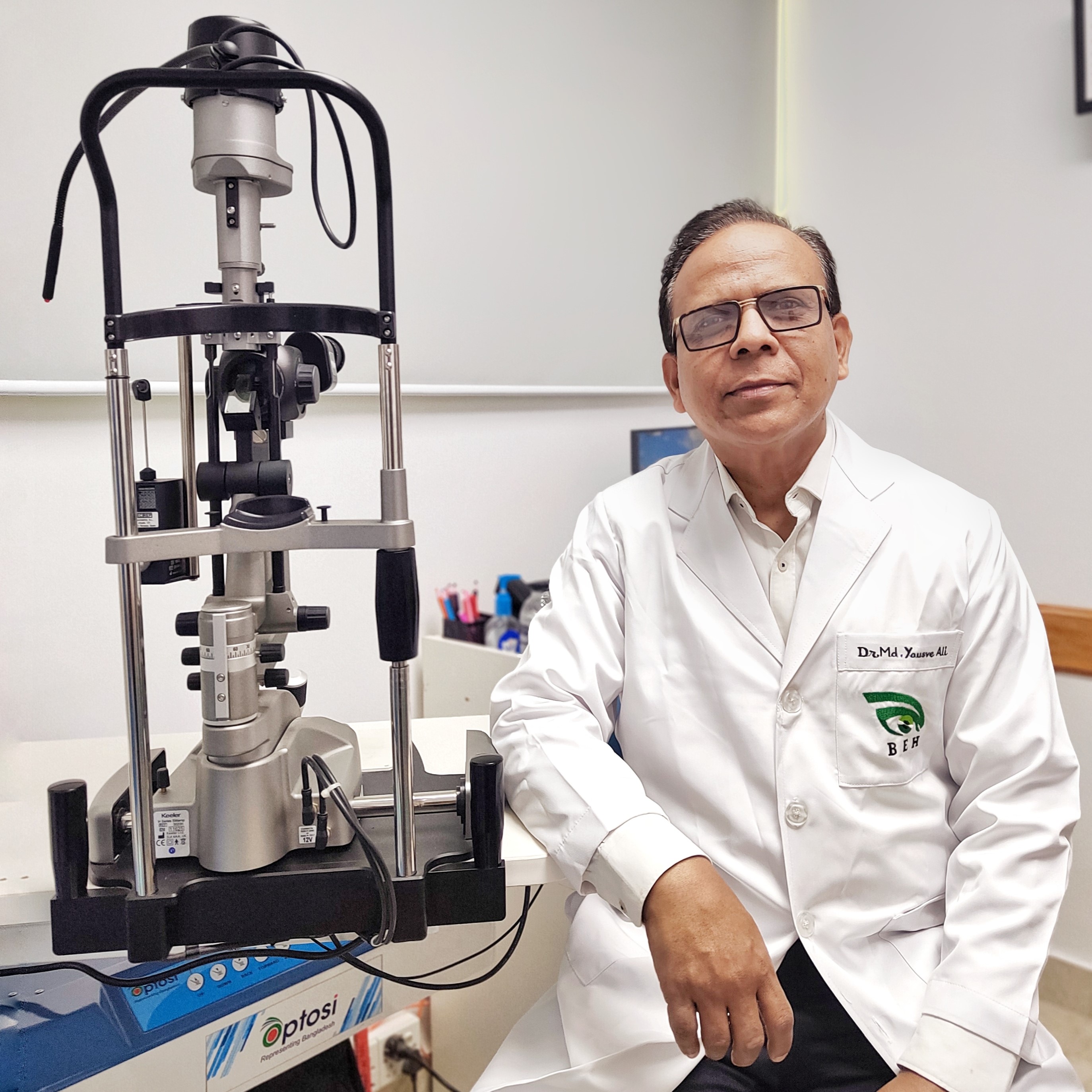
None
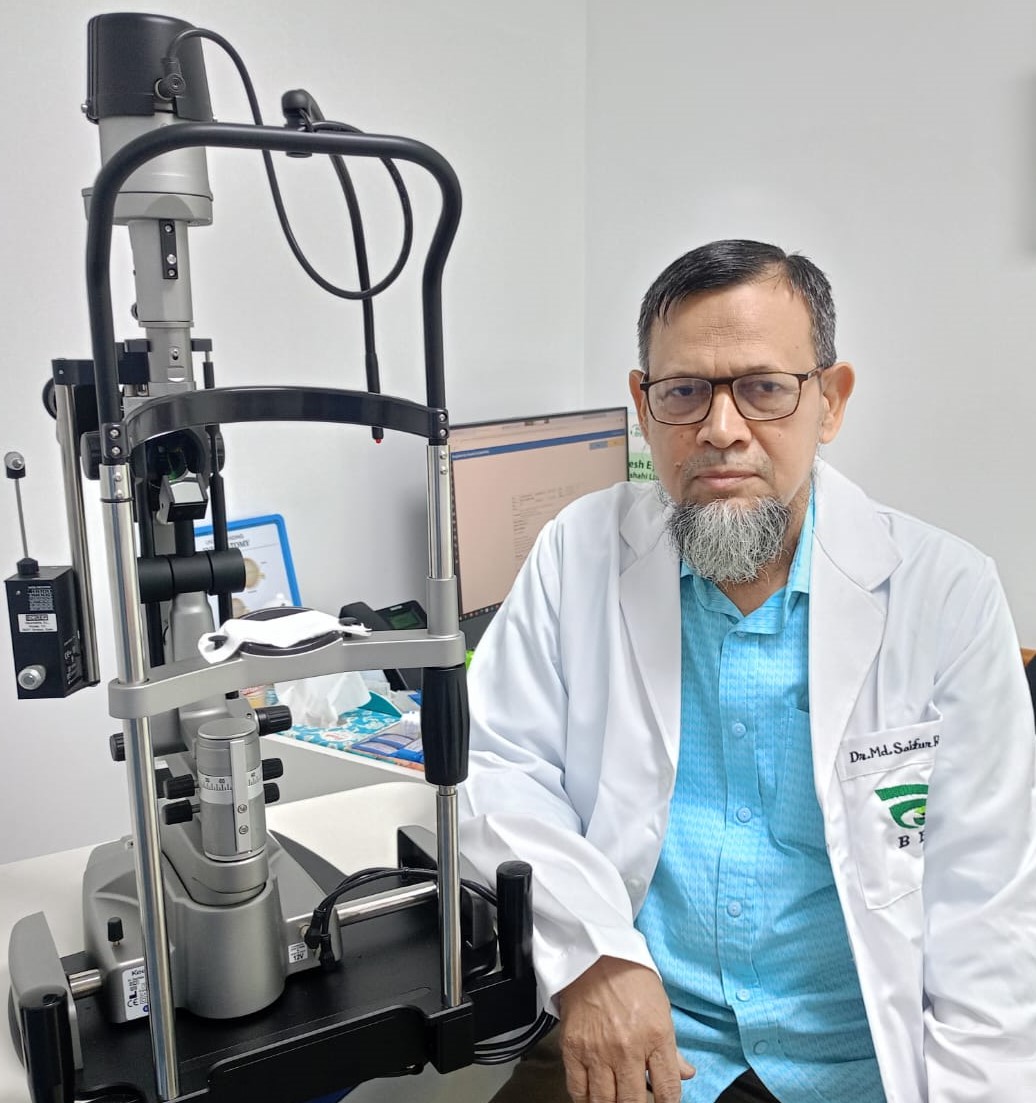
None
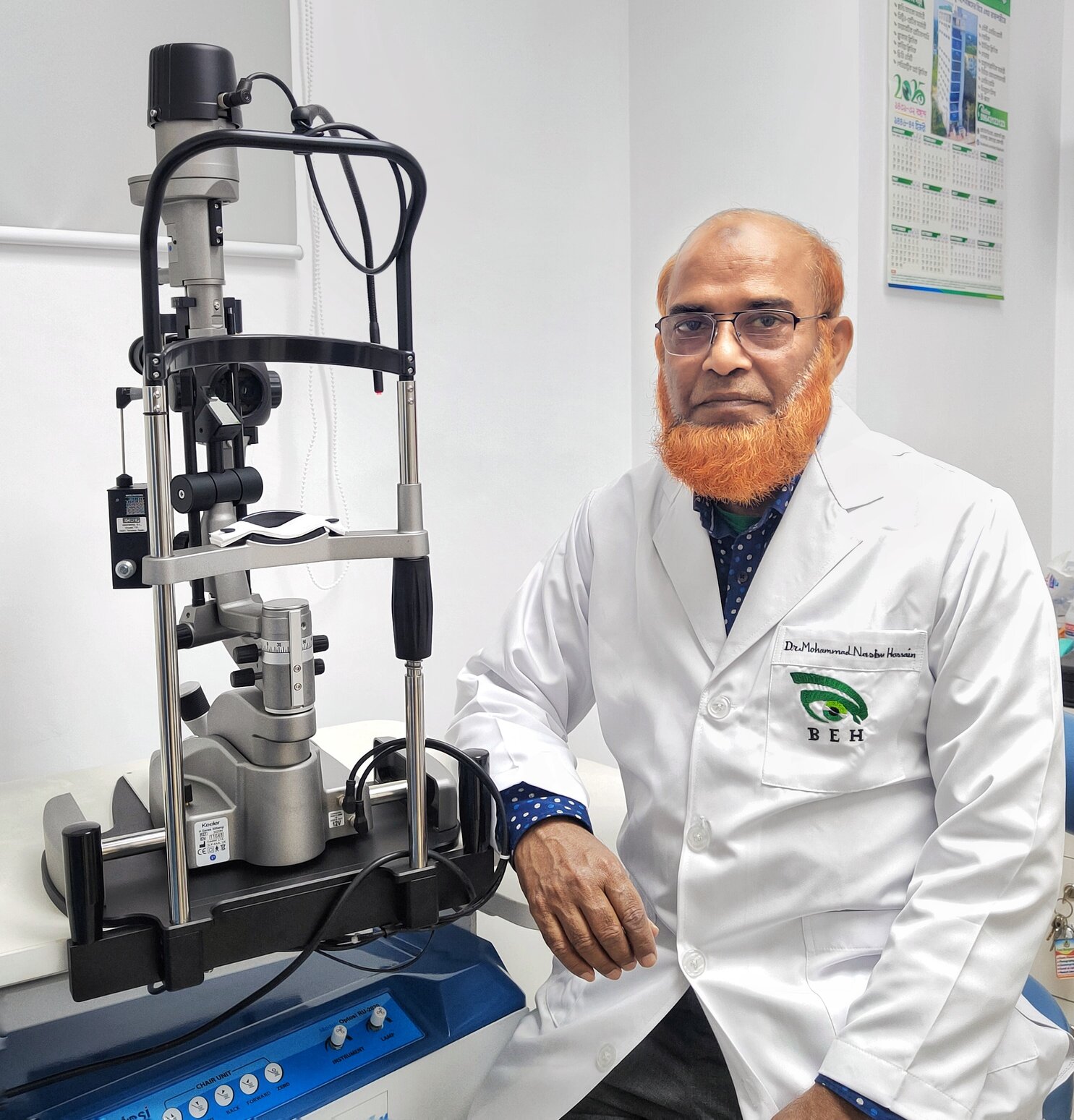
None
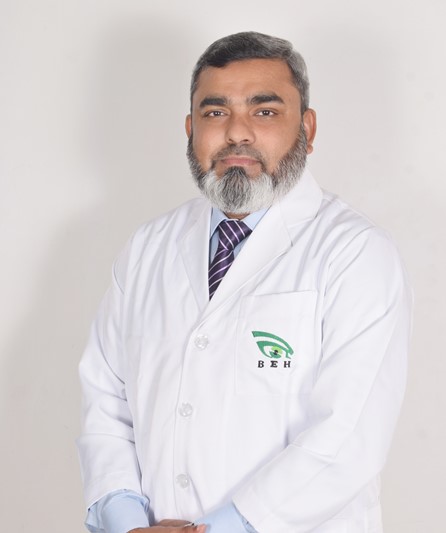
None
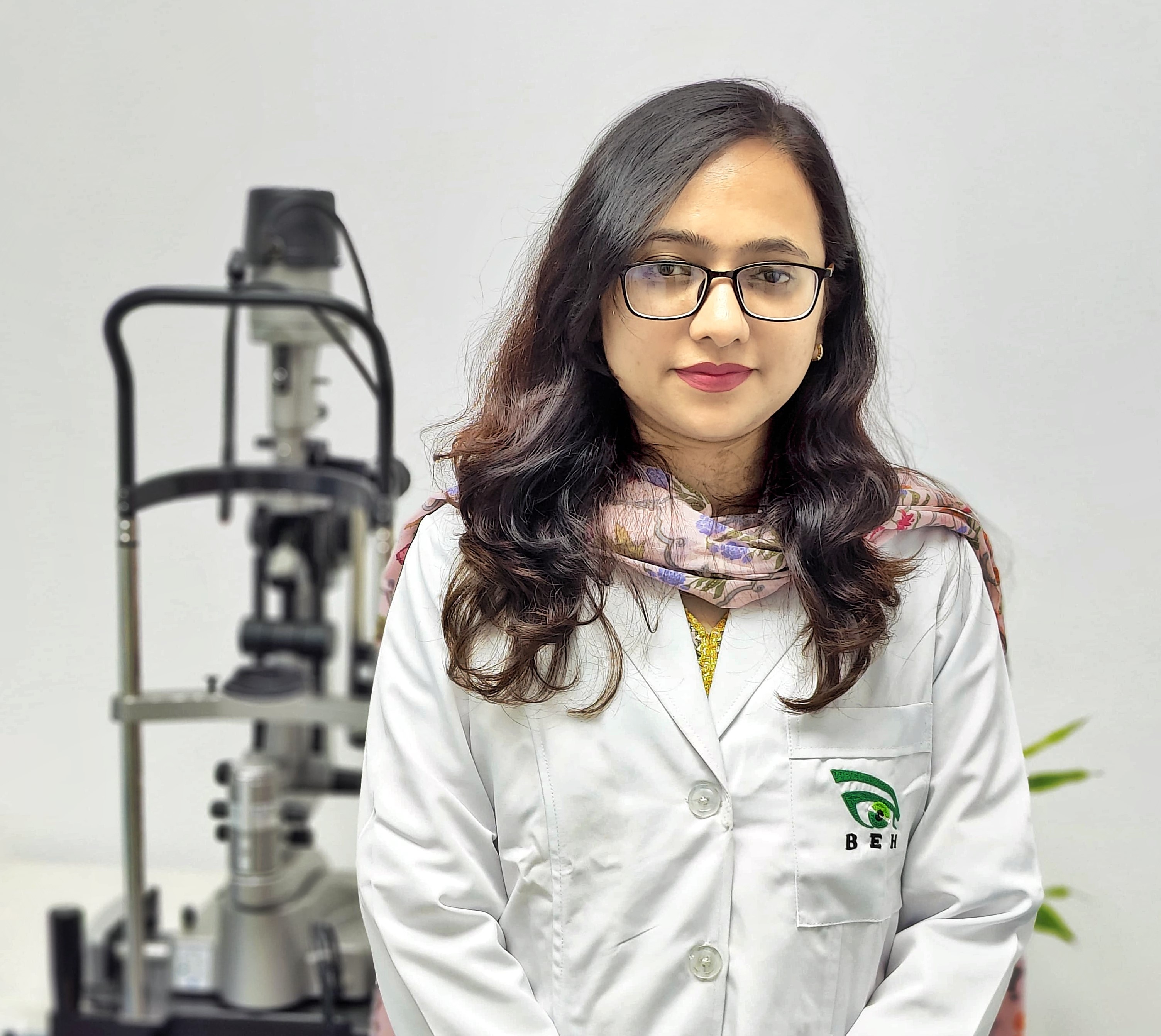
None
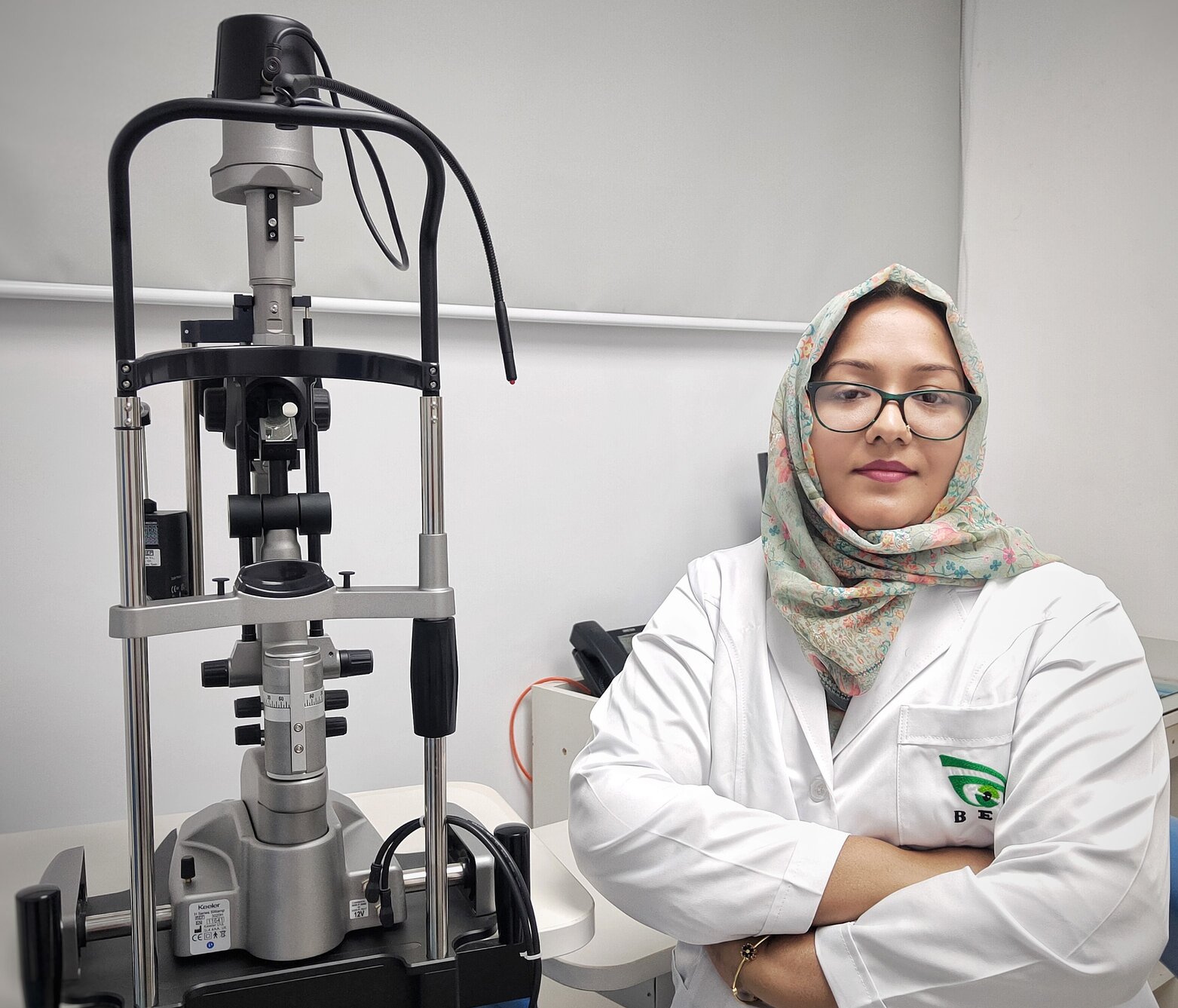
None

None
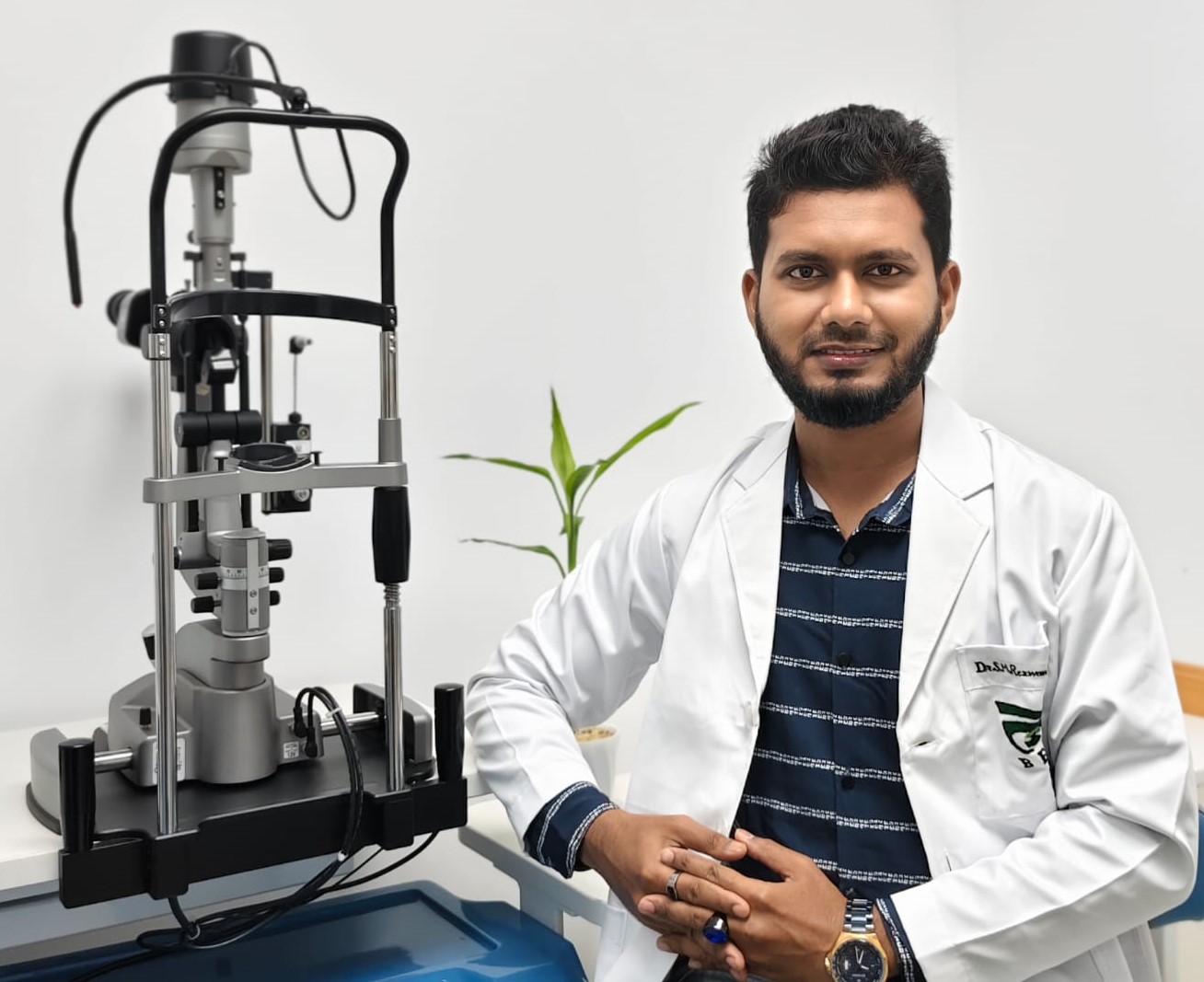
None
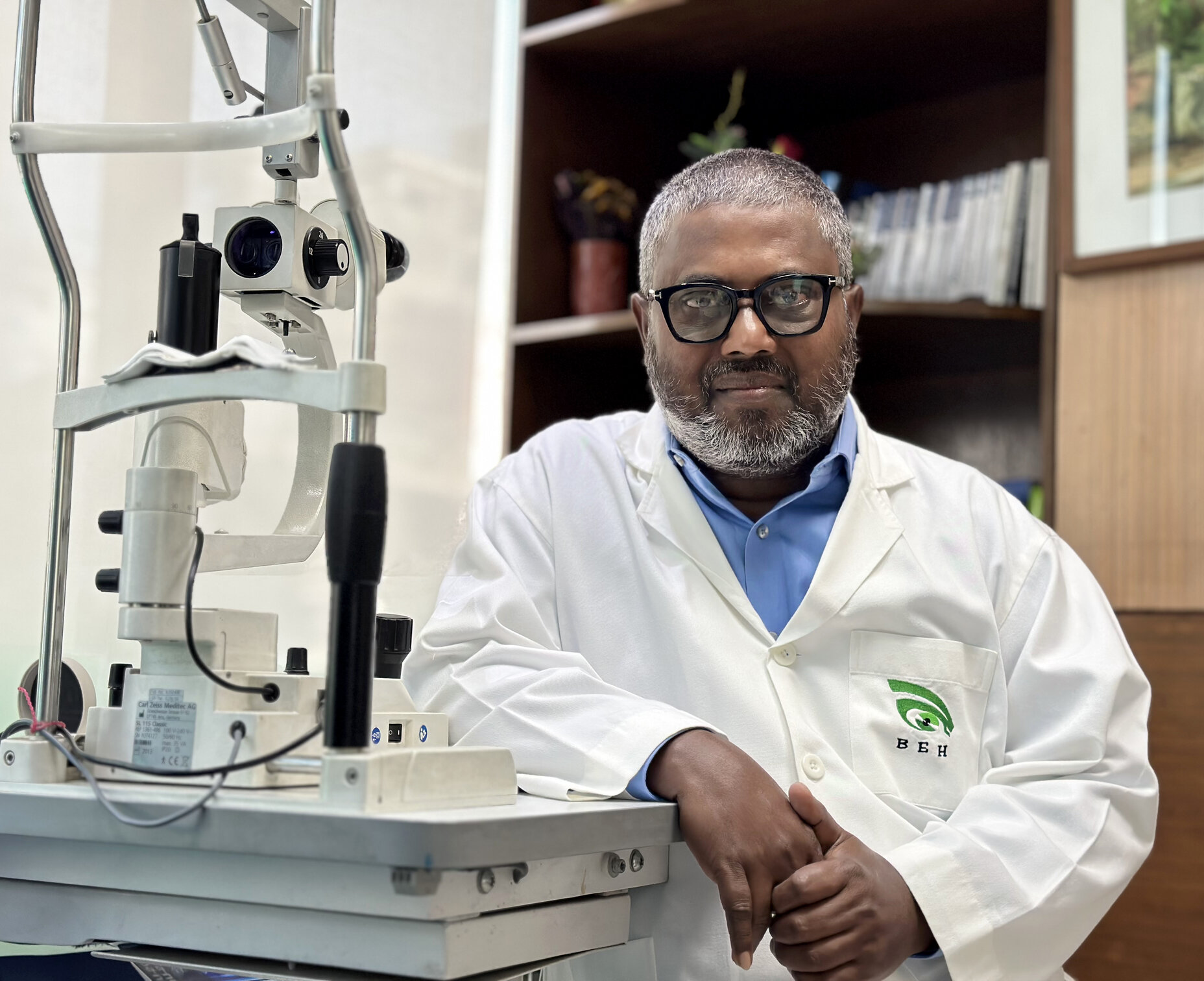
Cataract
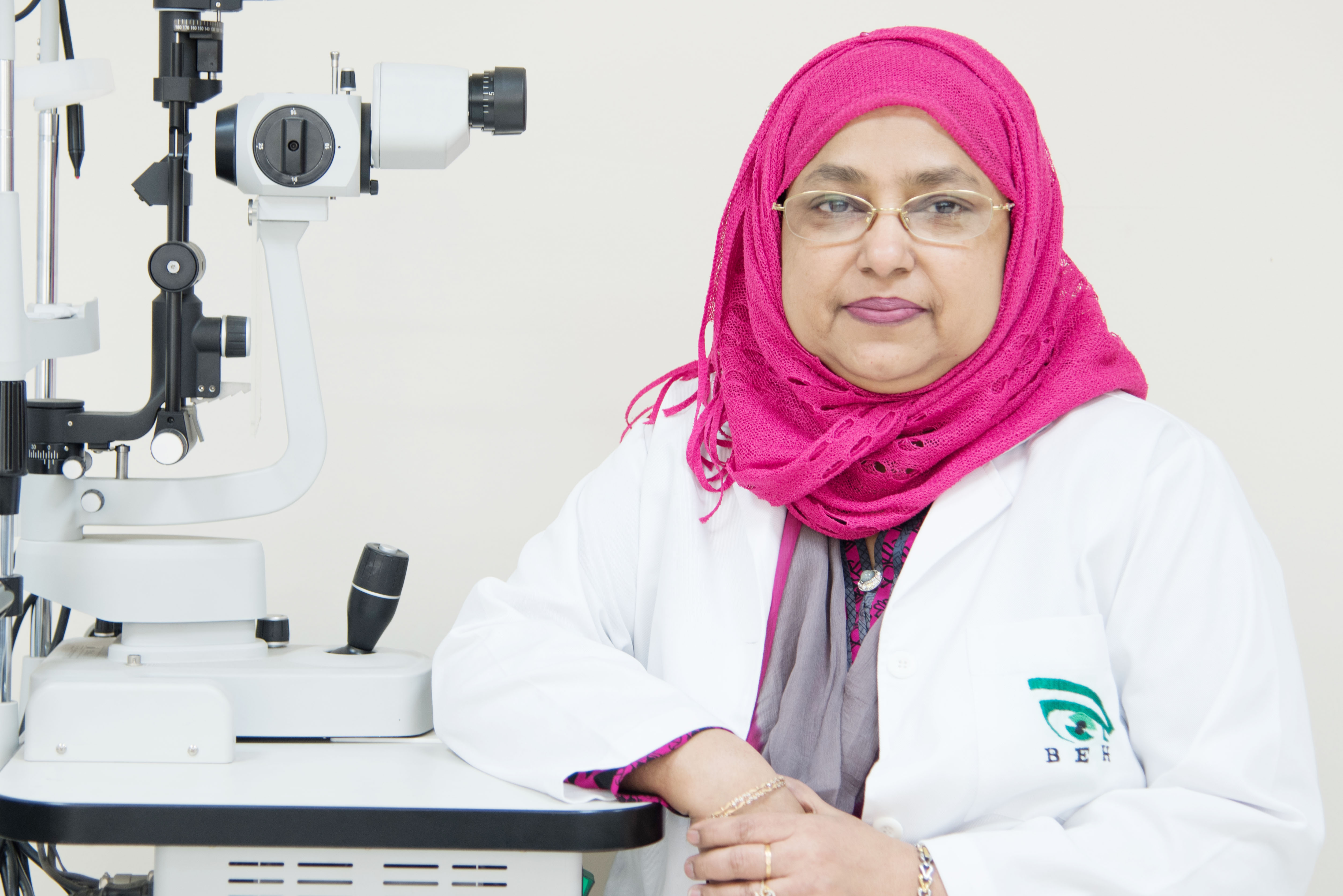
Cataract

None
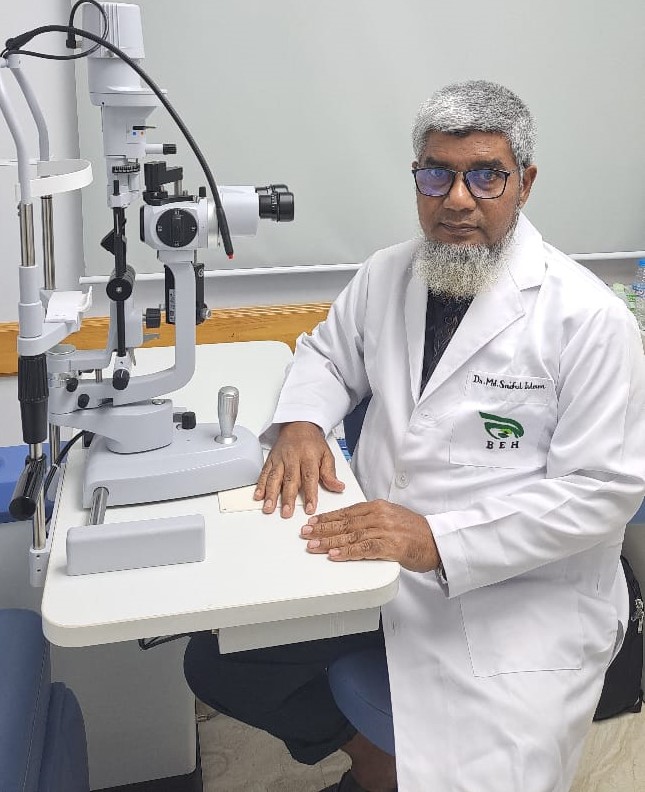
None
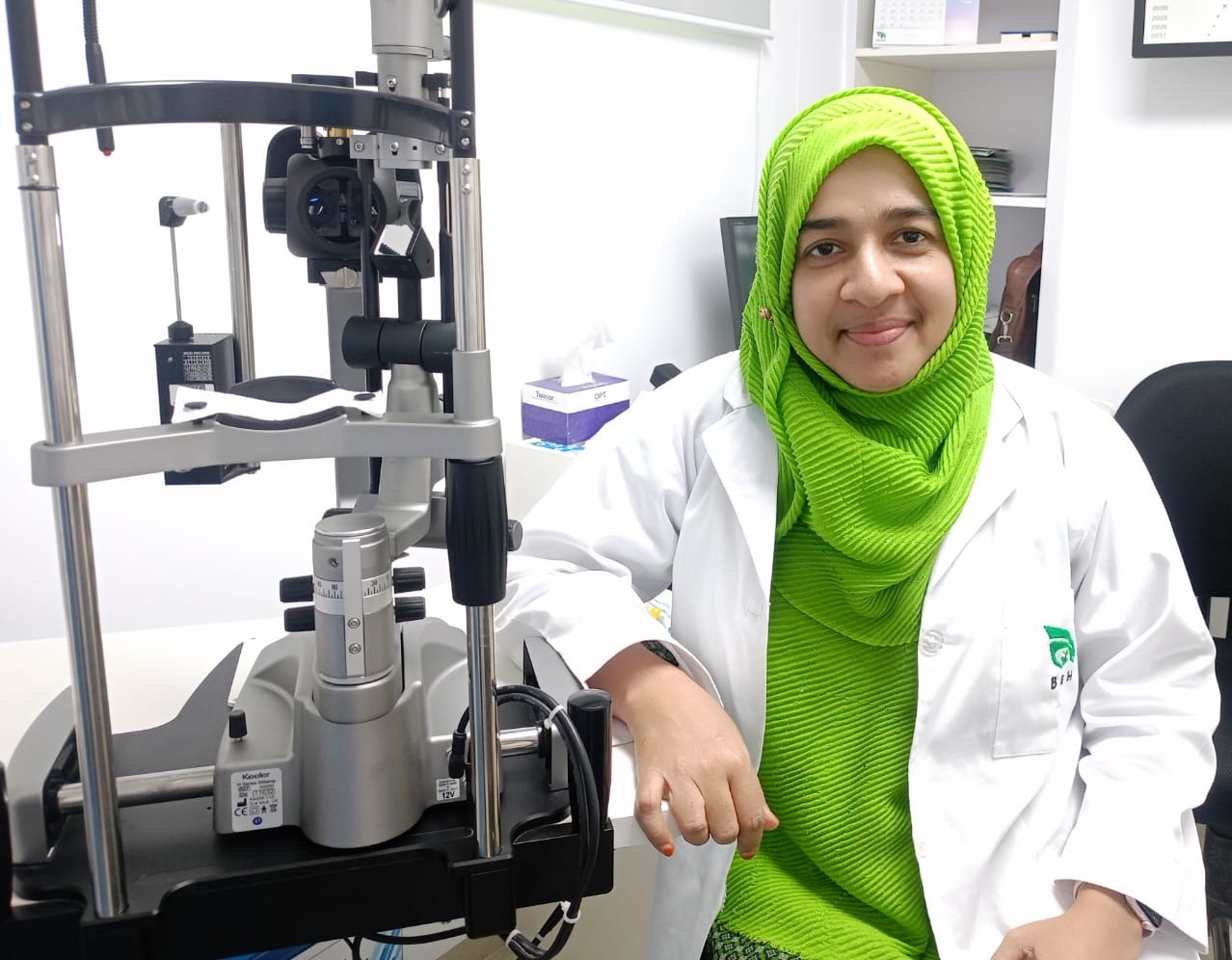
None
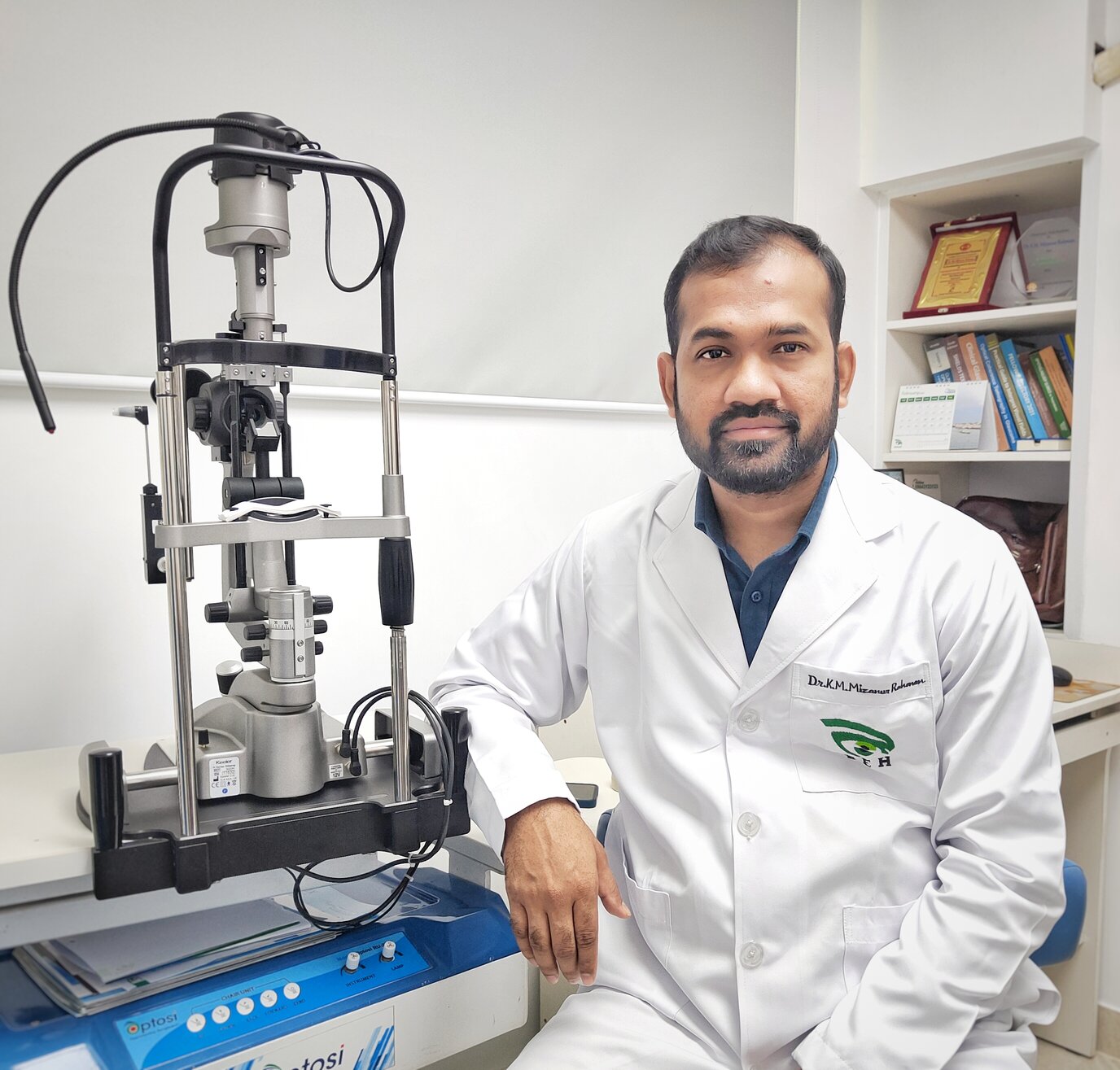
None

None

Cataract

None
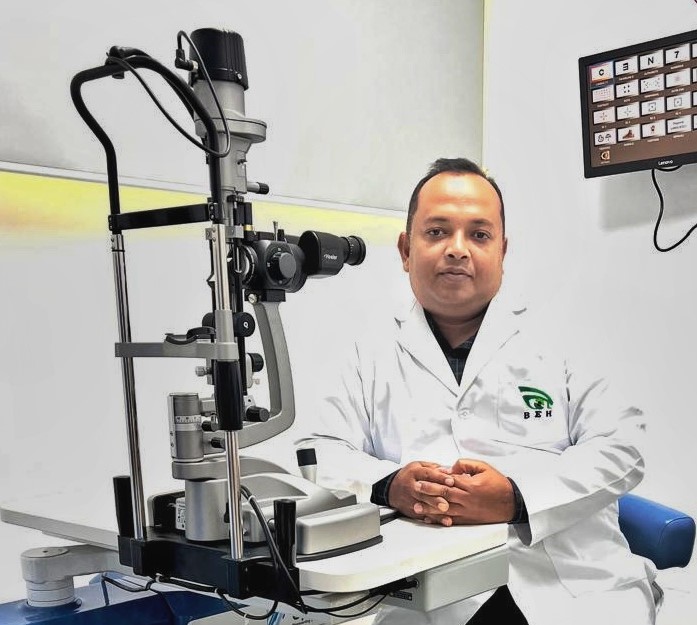
None
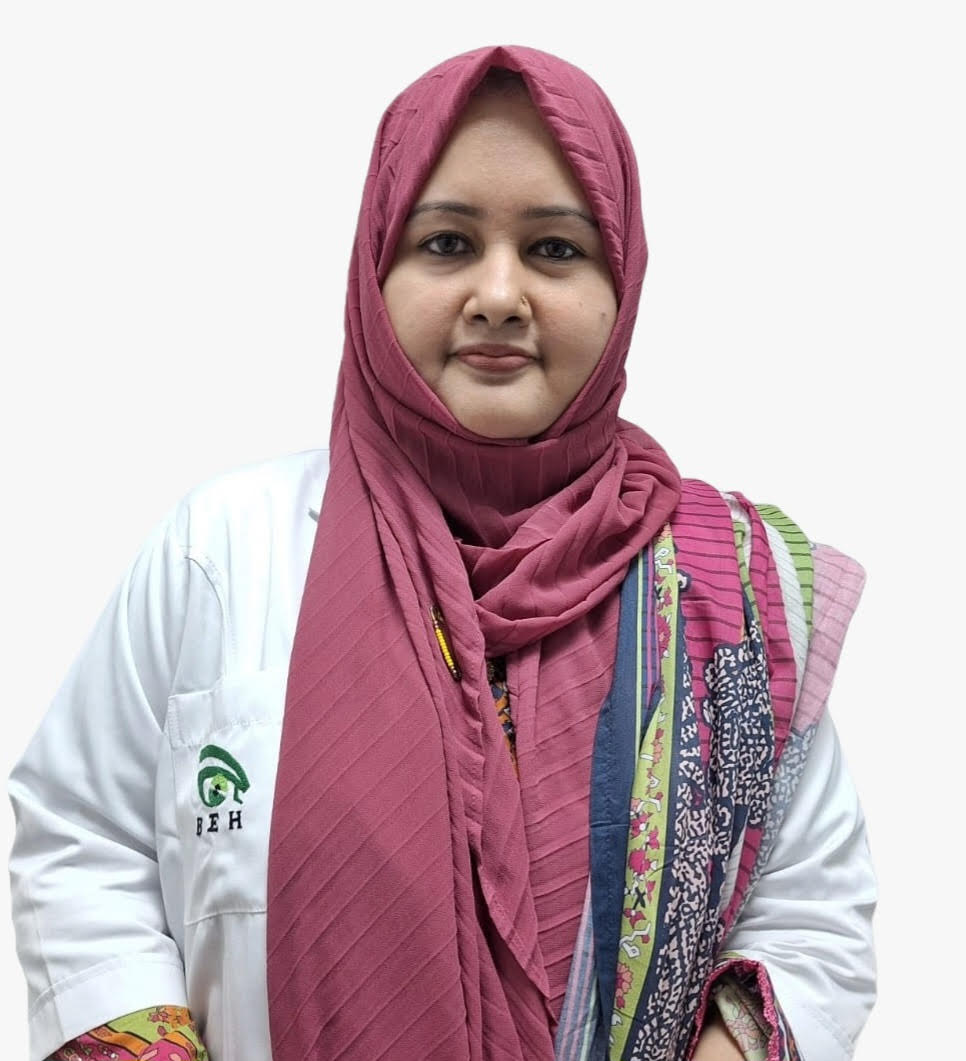
None

None

None
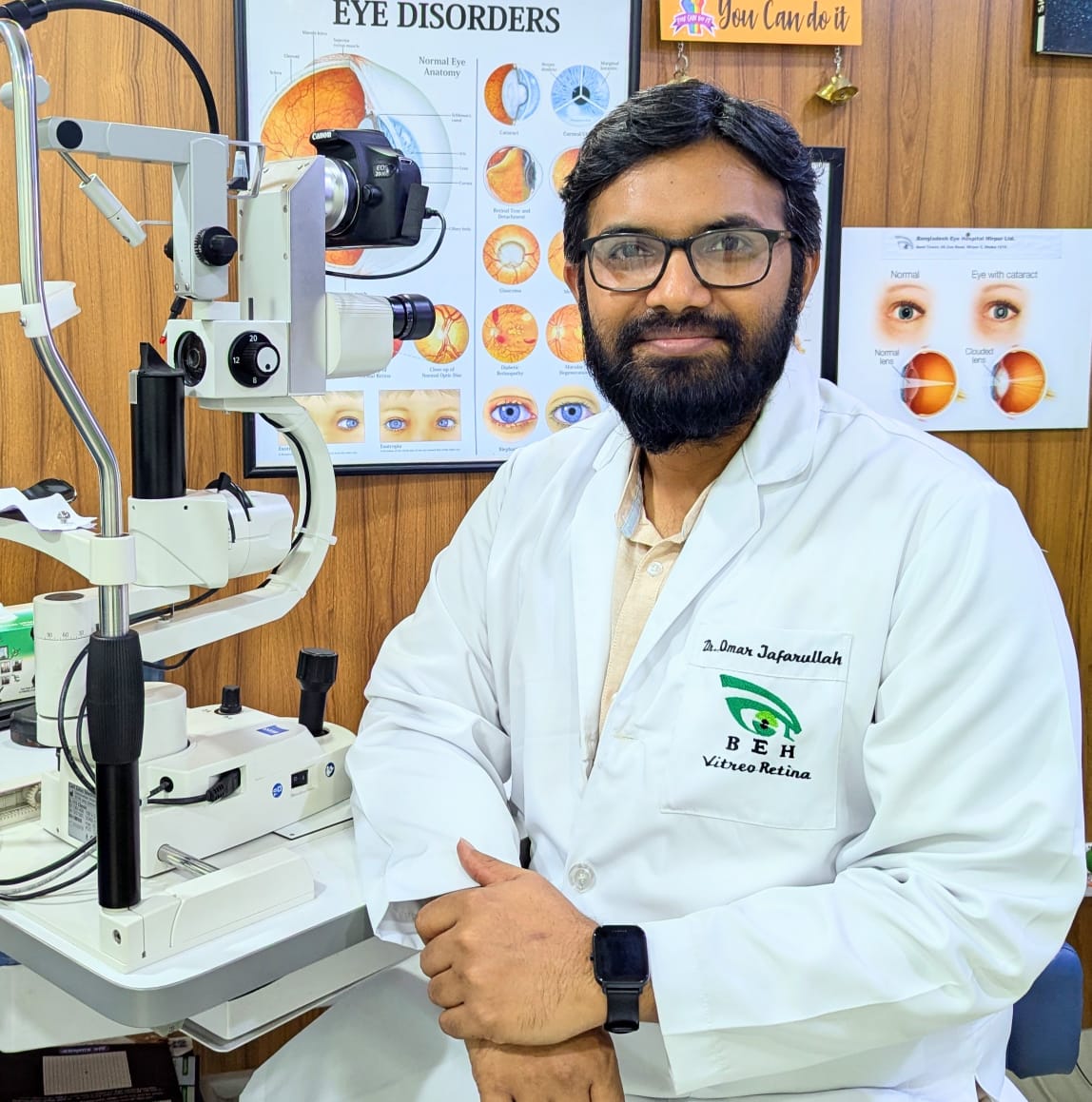
None
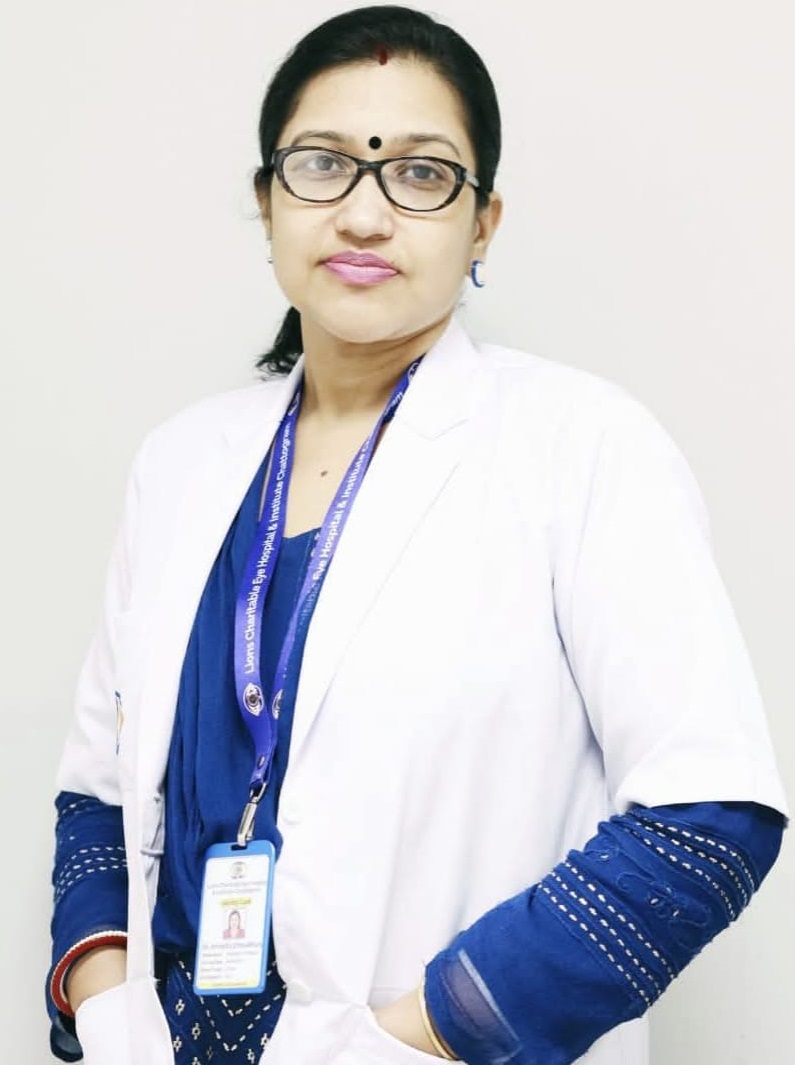
None

None

None
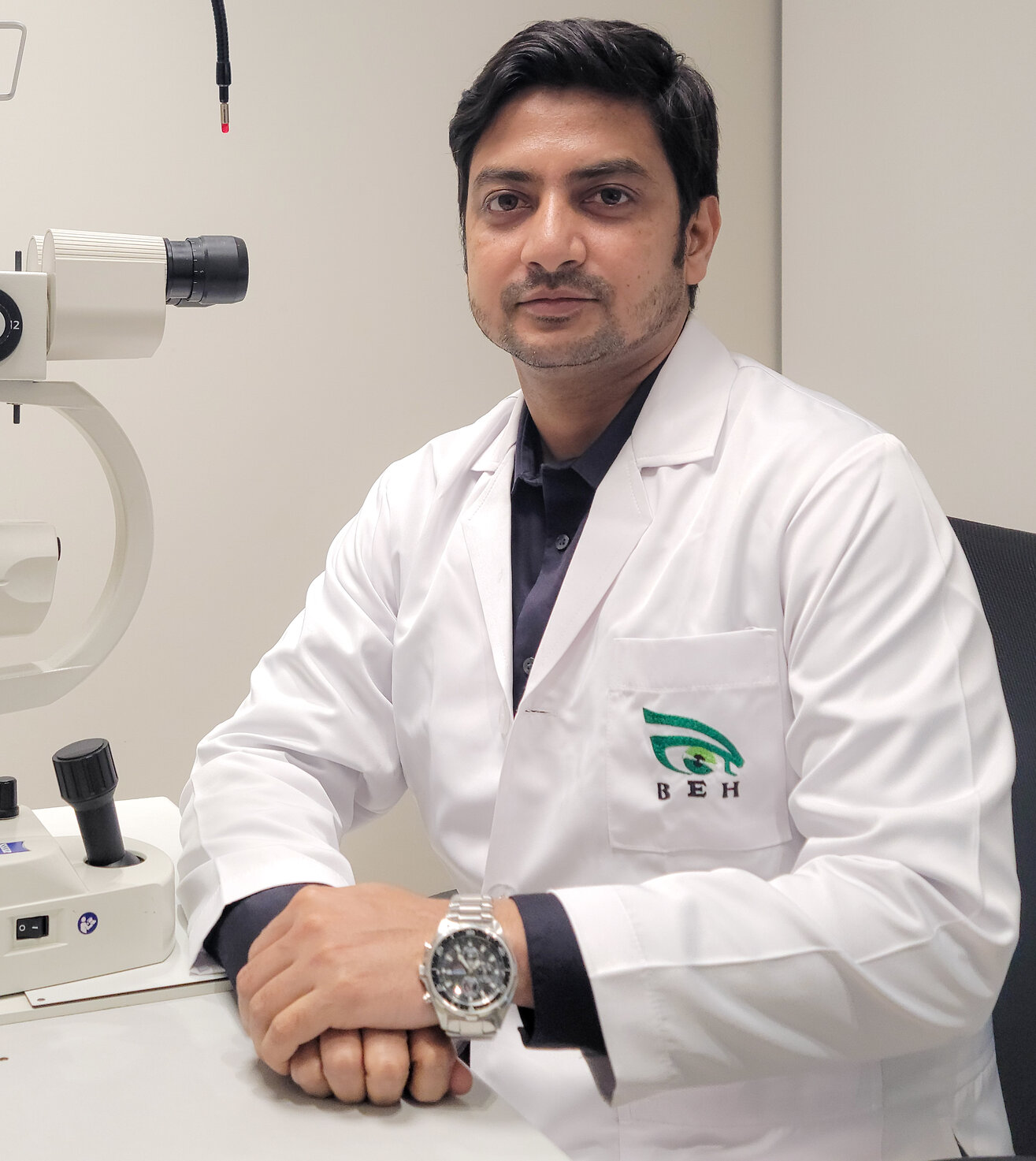
None

None

None

None

None

None

None

None

None
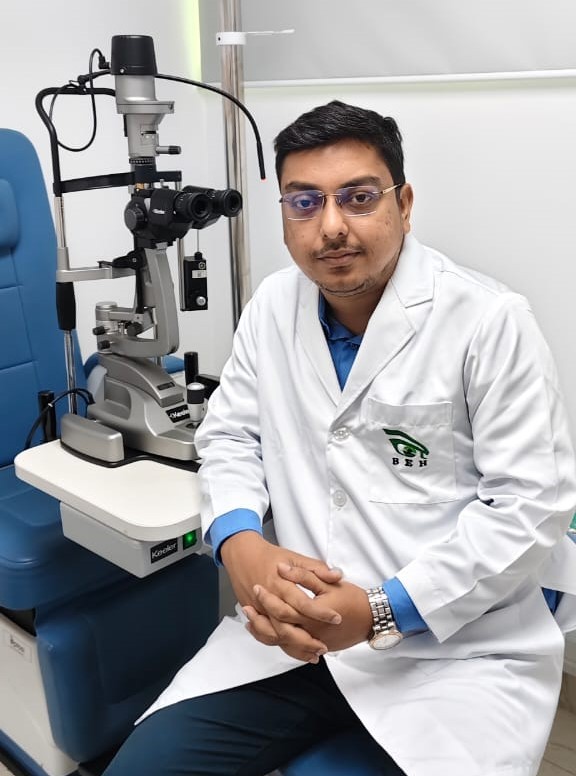
None

None
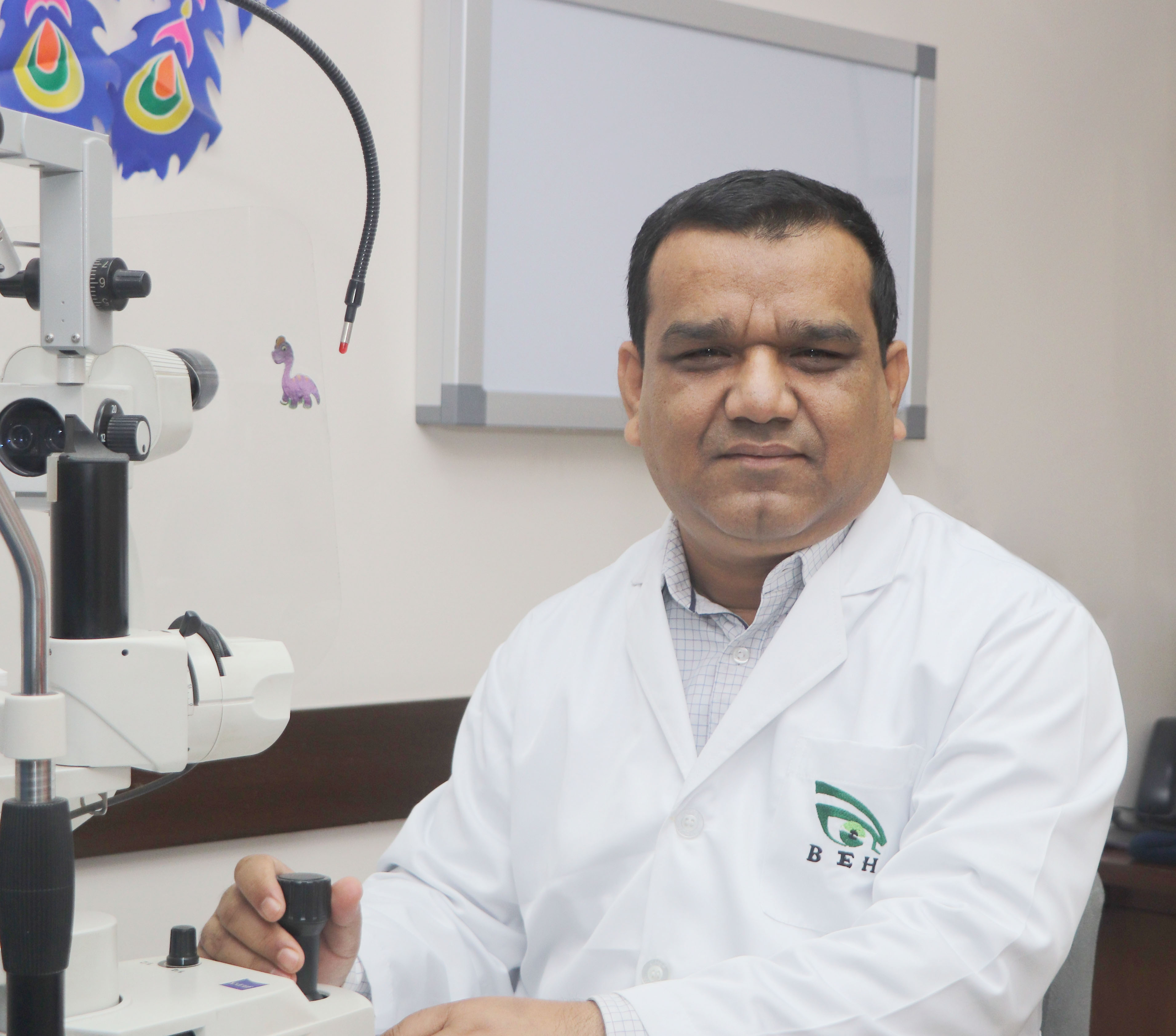
None
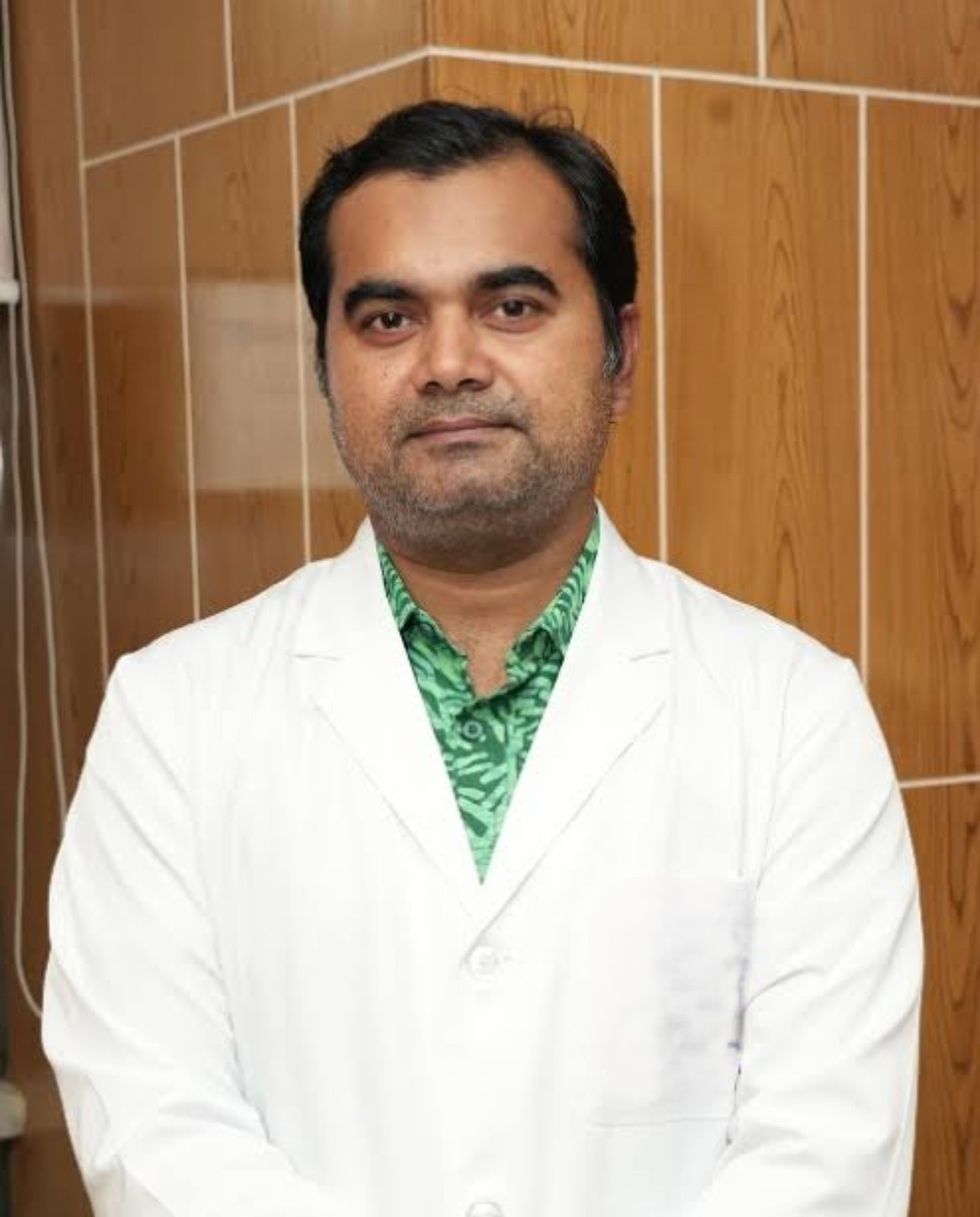
None

None

None

None

None

None

None

None

None

None

None

None

None
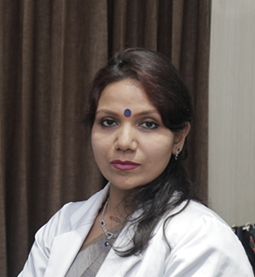
None

None

None

None

None

One of our customer care executive will confirm your appointment by contacting with you within next 1-2 hours

Doctor Name: Dr. Collis Molate,
Appointment Date & Time:
Chamber Location: Bangladesh Eye Hospital, Branch
